
Top 11 Virtual CISO Companies for 2026
Top 11 Virtual CISO companies for 2026 with services, expertise and selection tips to help you pick the best security partner.
Read More
Explore a wealth of industry insights, real-world success stories, and expert guidance to strengthen your defenses and stay ahead of evolving threats.
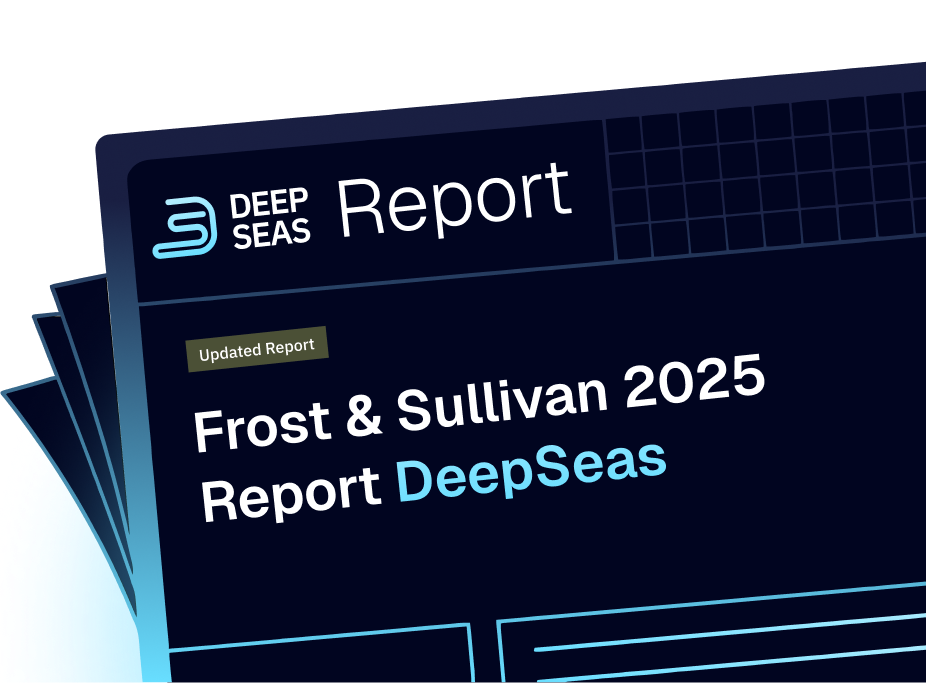
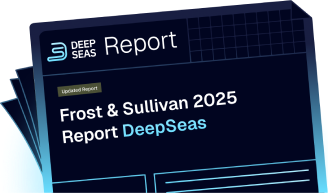




Top 11 Virtual CISO companies for 2026 with services, expertise and selection tips to help you pick the best security partner.
Read More
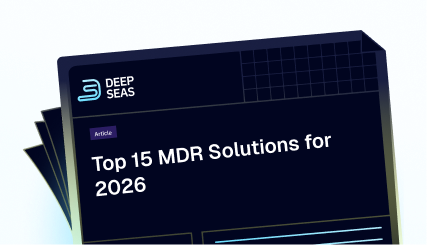
An effective Managed Detection and Response (MDR) solution for 2026 is defined by its ability to neutralize threats before they cause damage, demanding a blend of advanced technology and human expertise.
Read More
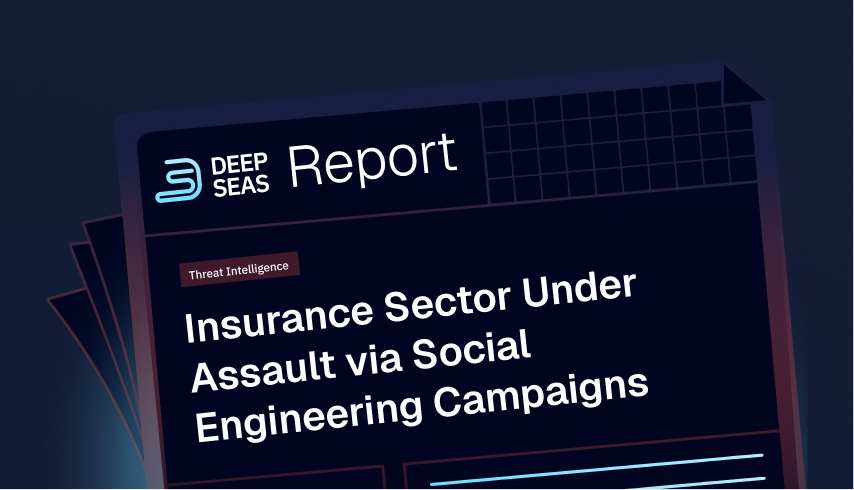
In June 2025, the insurance sector was beset by attacks conducted through a social engineering campaign. Among th…
Read More
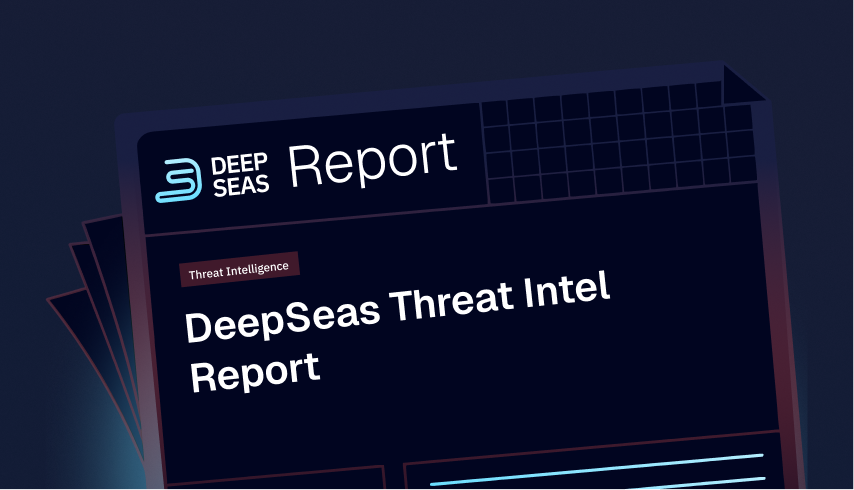
Explore a wealth of industry insights, real-world success stories, and expert guidance to strengthen your defenses and stay ahead of evolving threats.
Read More

Escalating Cybersecurity Threats in Higher Education In today’s digital landscape, institutions of higher education
Read More

Explore a wealth of industry insights, real-world success stories, and expert guidance to strengthen your defenses and stay ahead of evolving threats.
Read More
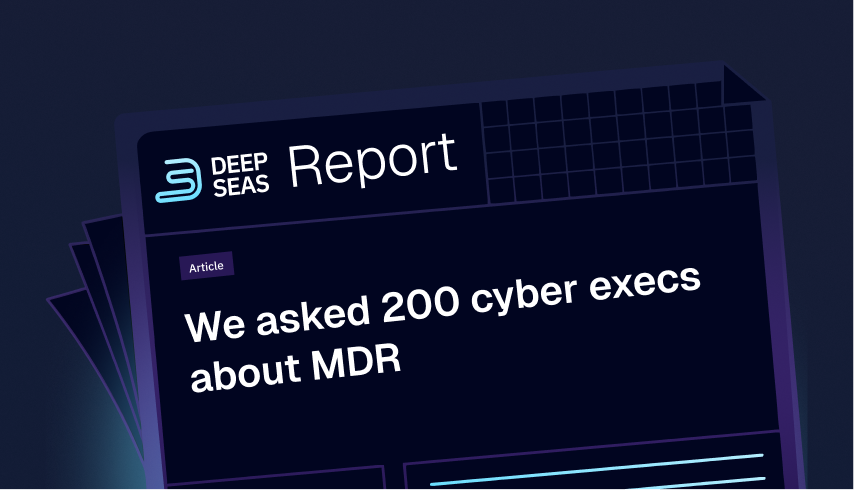
We were curious about cybersecurity executives’ current perspectives on MDR (Managed Detection & Response), so DeepSeas worked with a third party to conduct a survey of non-DeepSeas clients. The 200 respondents were functionally responsible for cybersecurity in their organization and held roles that were Director-level and above. Check out a summary of our findings in a multi-page infographic.
Read More

Explore a wealth of industry insights, real-world success stories, and expert guidance to strengthen your defenses and stay ahead of evolving threats.
Read More
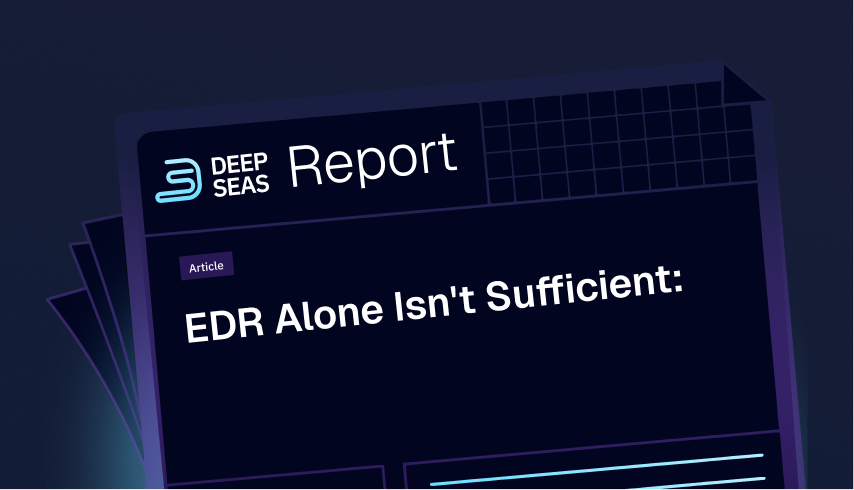
Dive Deep Into MDR for Endpoint With its ability to conduct threat intel comparisons, attack visualizations, and analysis of forensics data, endpoint detection and response (EDR) has become a mainstay of modern security programs. Yet EDR still doesn’t provide the caliber of highly automated functions necessary to reduce today’s attack surfaces and actualize a truly proactive response strategy.
Read More
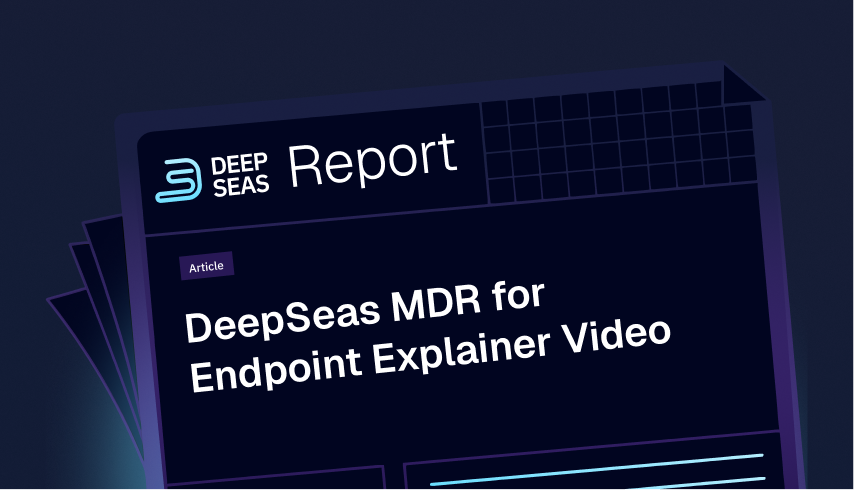
Maximize the potential of your EDR with DeepSeas Managed Detection & Response for Endpoint. Get the skilled crew and processes to help your team win.
Read More
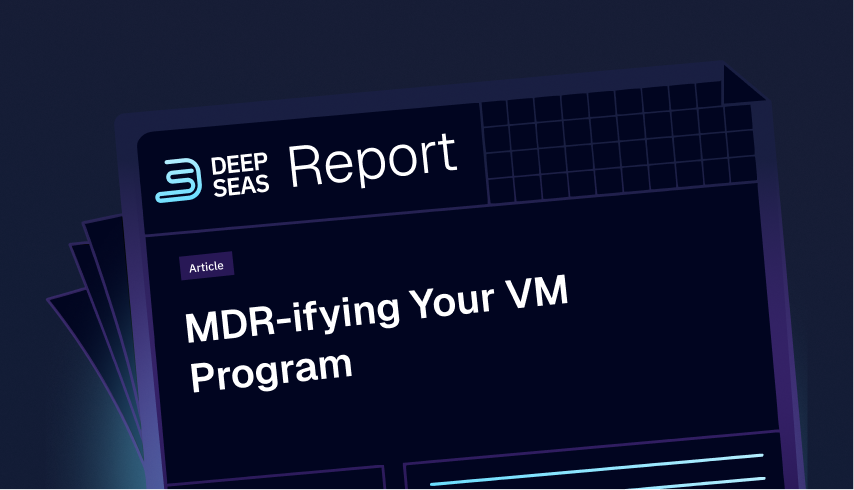
Mediocre vulnerability management programs have become the norm. Explore a revolutionary solution that redefines the approach to vulnerability management.
Read More
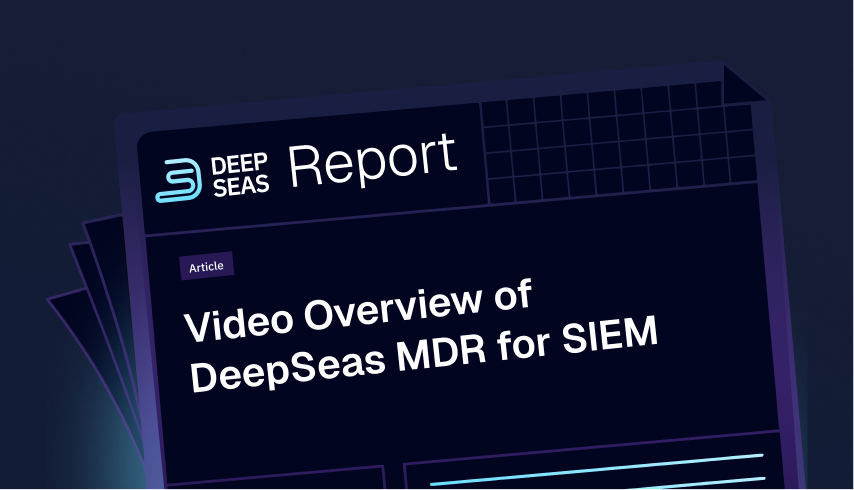
Explore a wealth of industry insights, real-world success stories, and expert guidance to strengthen your defenses and stay ahead of evolving threats.
Read More

Explore a wealth of industry insights, real-world success stories, and expert guidance to strengthen your defenses and stay ahead of evolving threats.
Read More

Explore a wealth of industry insights, real-world success stories, and expert guidance to strengthen your defenses and stay ahead of evolving threats.
Read More
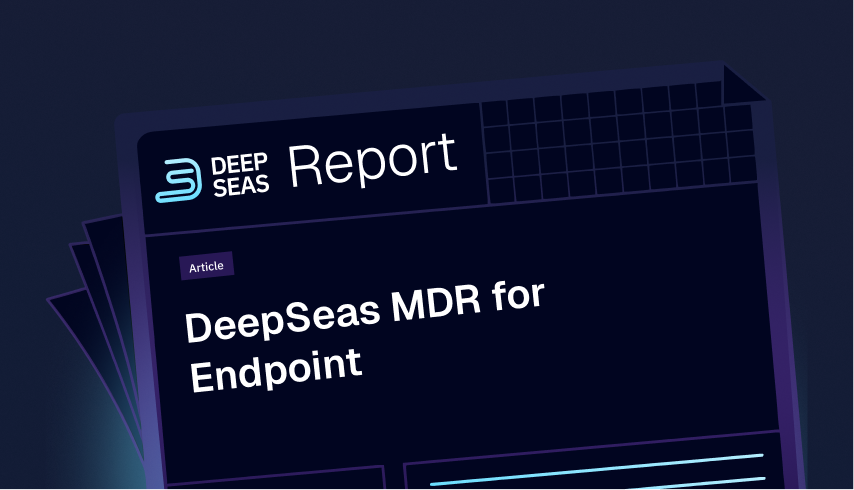
Protect devices in real-time with DeepSeas MDR for Endpoint. Managed Detection & Response (MDR) for endpoint from DeepSeas protects your organization’s devices in real-time from malware, ransomware, and other advanced cyber threats. Utilizing 24×7 monitoring, analysis, and response, along with other advanced defensive technologies, DeepSeas will secure your endpoints – ensuring you maintain operational integrity with minimal disruption.
Read More
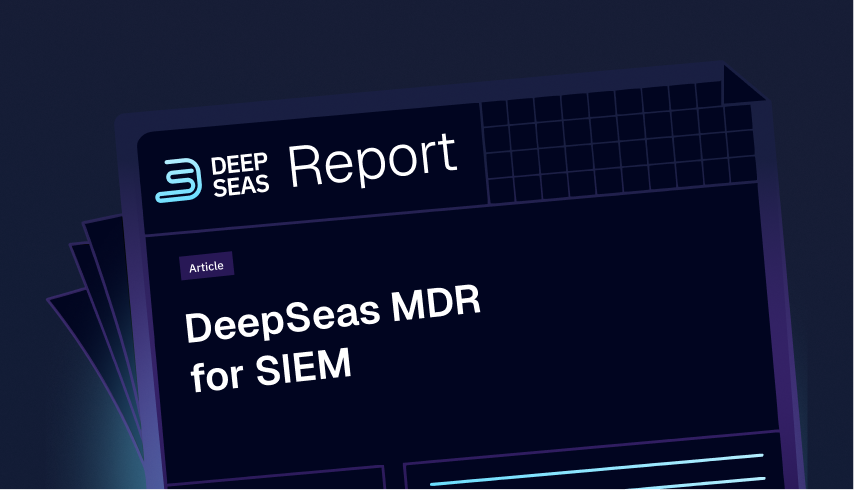
Enrich and contextualize alerts with DeepSeas MDR for SIEM. Managed Detection & Response (MDR) for SIEM by DeepSeas provides comprehensive security oversight by harnessing advanced analytics to identify and neutralize cyber threats, delivering 24×7, expert-driven monitoring and response tailored to your unique environment. With DeepSeas MDR, SIEM rules are deployed and fine-tuned for enhanced contextualization of machine data utilizing Endpoint Detection and Response (EDR) and Network Detection and Response (NDR) technologies. These rules enrich alerts, with SIEM use cases serving as a primary source for threat detection.
Read More
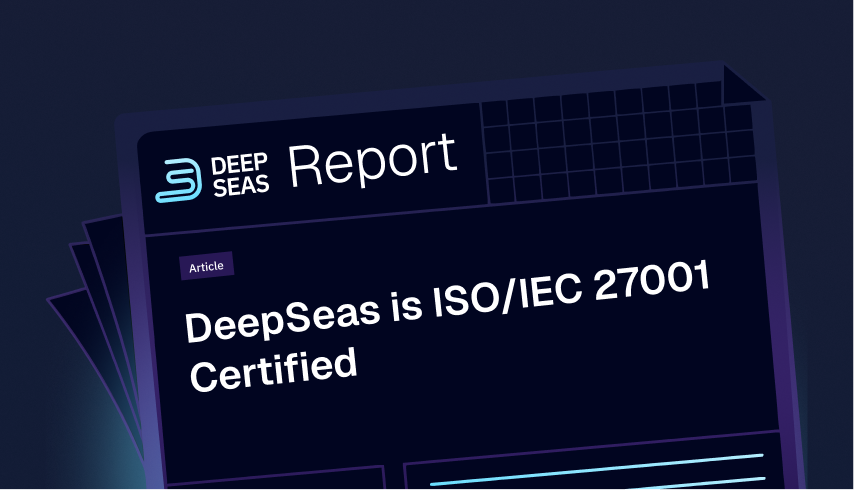
DeepSeas achieving ISO/IEC 27001 certification demonstrates its commitment to ensuring data security has been addressed, implemented, and controlled.
Read More

Explore a wealth of industry insights, real-world success stories, and expert guidance to strengthen your defenses and stay ahead of evolving threats.
Read More
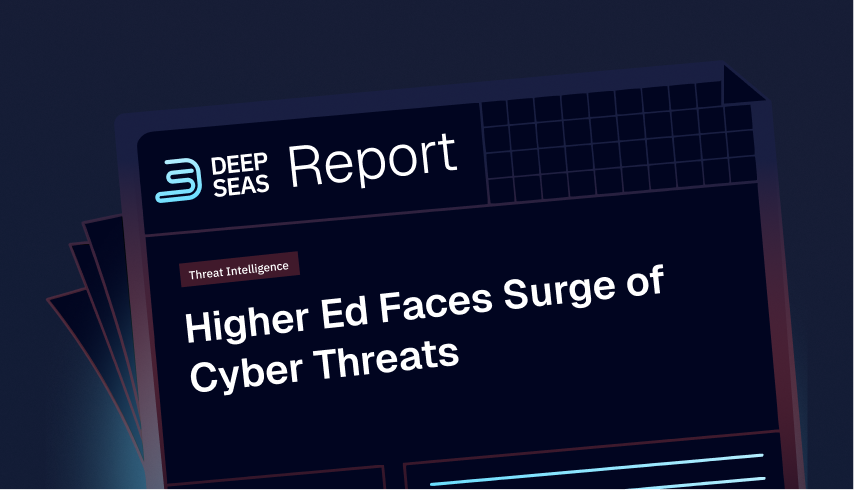
Explore a wealth of industry insights, real-world success stories, and expert guidance to strengthen your defenses and stay ahead of evolving threats.
Read More
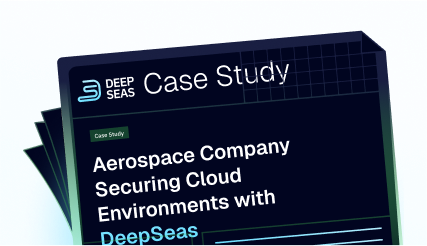
An enterprise client in the aerospace industry came to DeepSeas because it was looking to build a unique relations…
Read More
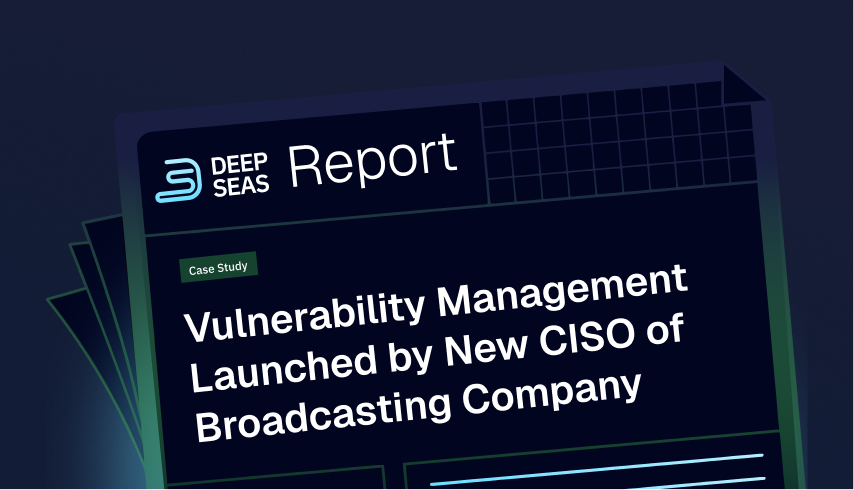
Explore a wealth of industry insights, real-world success stories, and expert guidance to strengthen your defenses and stay ahead of evolving threats.
Read More
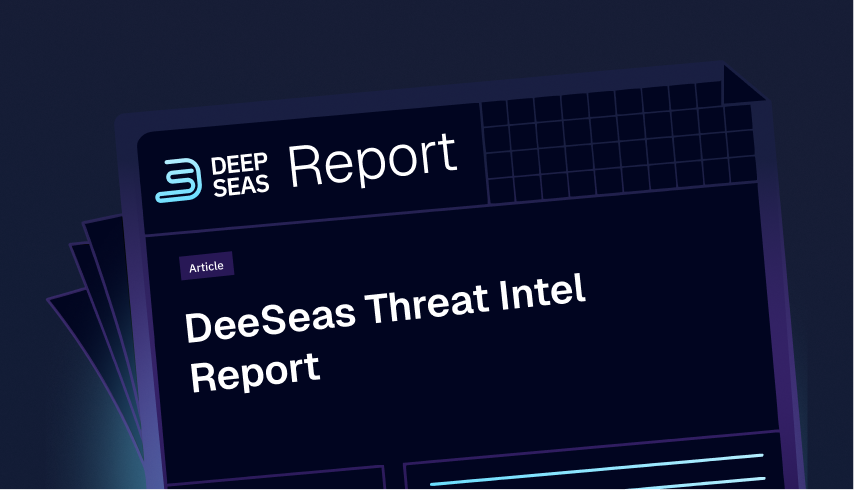
Stay ahead of cyber threats with the DeepSeas Monthly Cyber Threat Intel Rollup.
Read More

With a proactive plan, framework, and process, you can enjoy meaningful outcomes from transforming cybersecurity programs within 30 days. Our crew at DeepSeas has fine-tuned an approach to cybersecurity transformation outlined it in this video demonstration and guide.
Read More
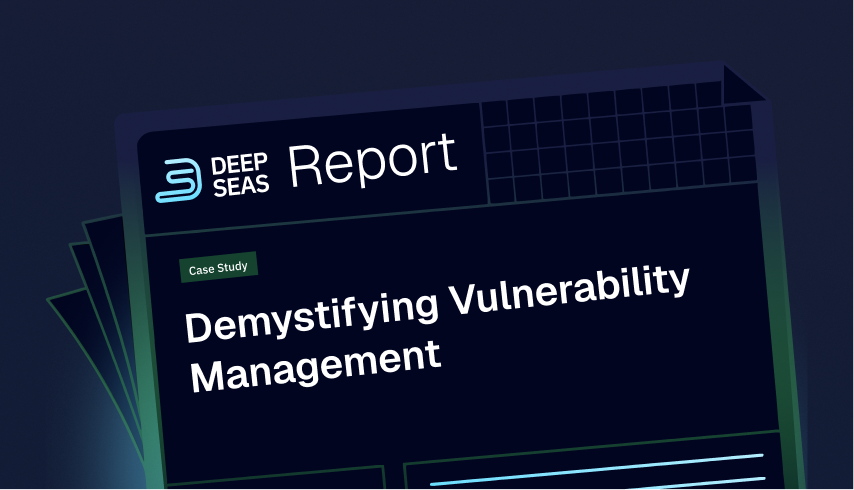
Explore a wealth of industry insights, real-world success stories, and expert guidance to strengthen your defenses and stay ahead of evolving threats.
Read More
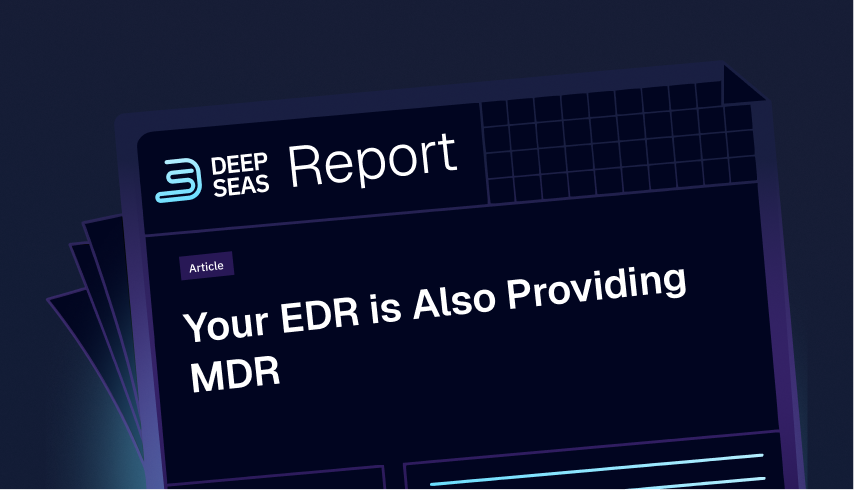
Highly ranked MDR solutions, like DeepSeas, are dedicated service providers focused on delivering programs and outcomes. Whereas EDR vendors are software companies that prioritize repeatability and conformity. DeepSeas works collaboratively with you to drive quick and meaningful results.
Read More
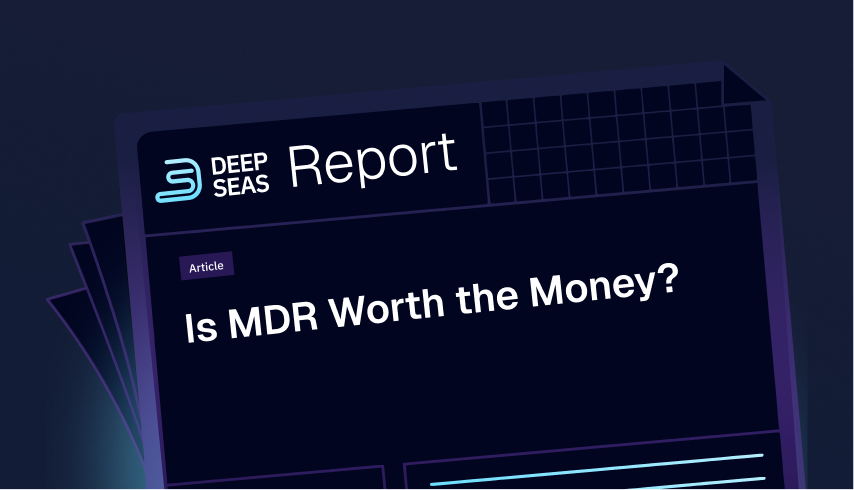
You likely understand the value of 24×7 persistent defense. But what should you do if you’re struggling to get budget for MDR (Managed Detection & Response)? Below, we provide the justification you need to transform your cybersecurity program with DeepSeas MDR+ while optimizing spend.
Read More

Explore a wealth of industry insights, real-world success stories, and expert guidance to strengthen your defenses and stay ahead of evolving threats.
Read More
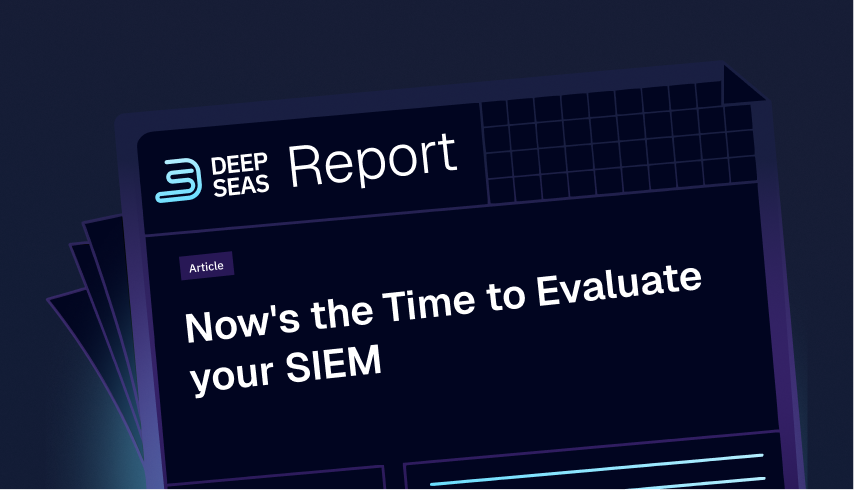
Whether you're considering a new SIEM vendor, optimizing your current deployment, or preparing for a complete SIEM overhaul, this guide will walk you through the essential questions and actions to perform as you evaluate your SIEM.
Read More
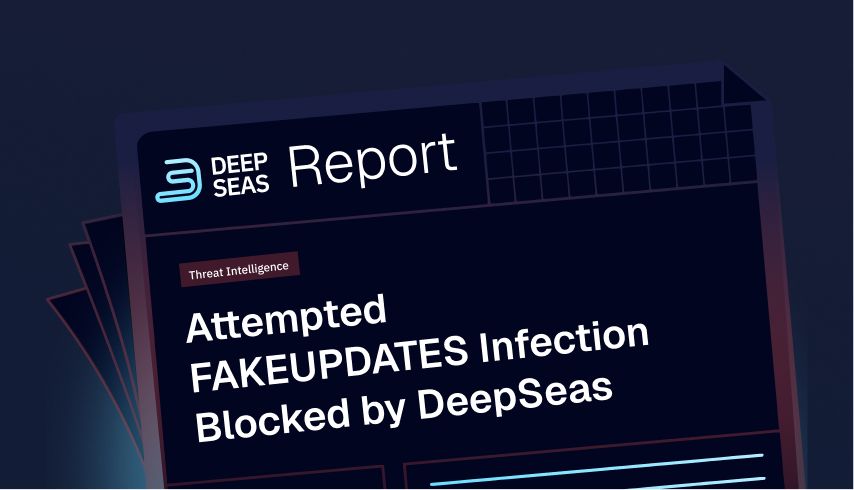
Explore a wealth of industry insights, real-world success stories, and expert guidance to strengthen your defenses and stay ahead of evolving threats.
Read More
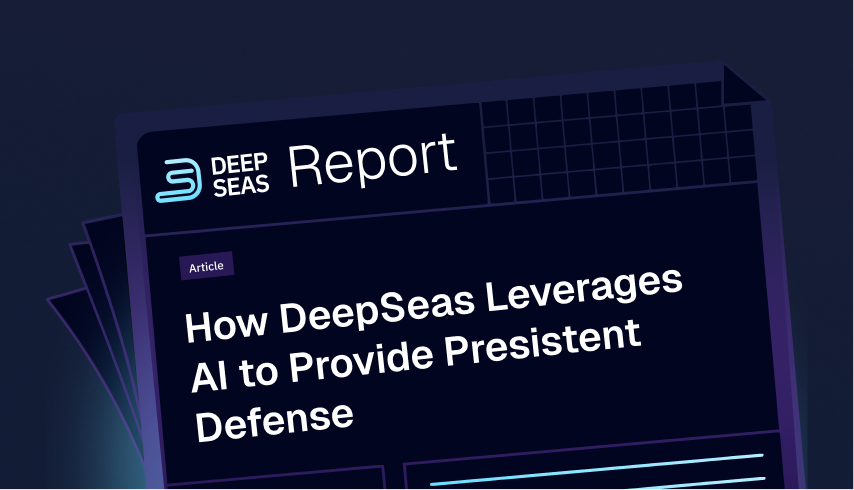
Nate Hausrath, VP of Engineering at DeepSeas, dives into how DeepSeas leverages AI to provide persistent defense to clients.
Read More

Explore a wealth of industry insights, real-world success stories, and expert guidance to strengthen your defenses and stay ahead of evolving threats.
Read More
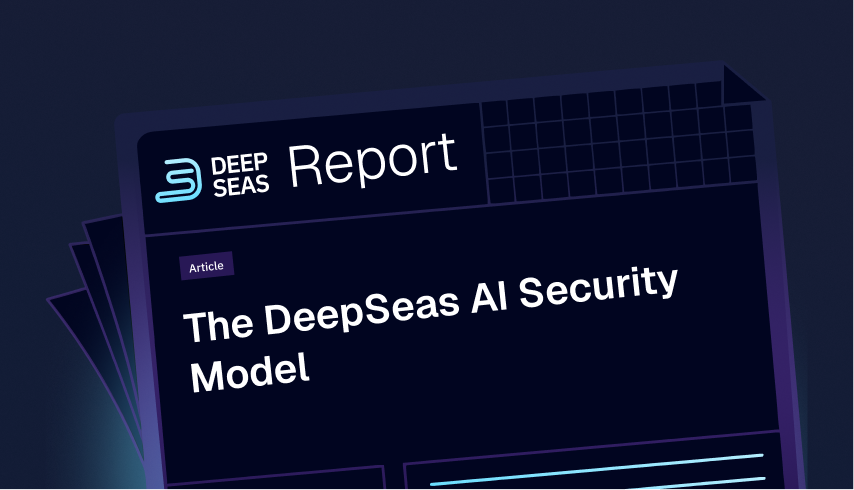
Building an AI risk management program involves a multi-layered approach that starts with strategy and governance before moving on to technical solutions. The first step is to develop a risk strategy that includes understanding data classification, assessing specific AI-related risks, and adopting acceptable use policies.
Read More
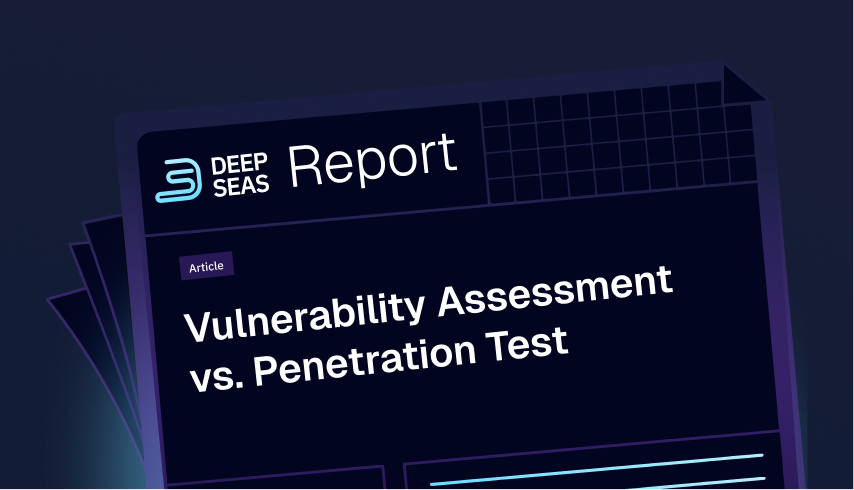
There are key differences between a vulnerability assessment and penetration testing. Does your team use these terms interchangeably?
Read More
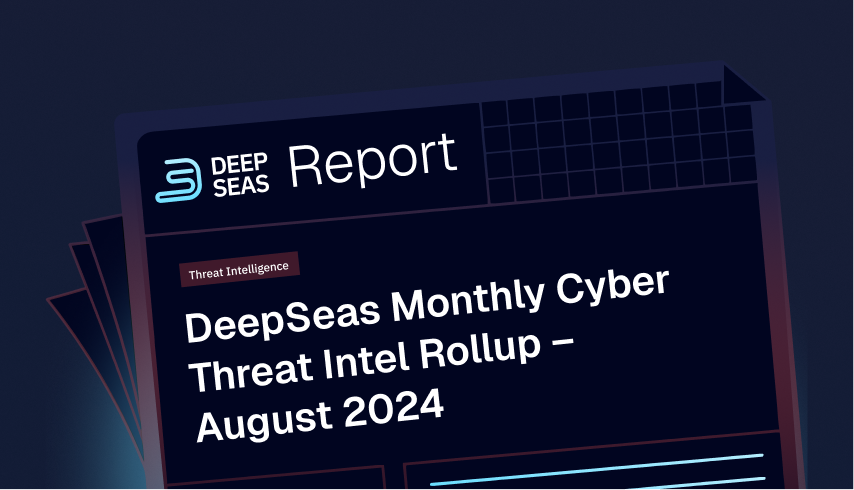
Explore a wealth of industry insights, real-world success stories, and expert guidance to strengthen your defenses and stay ahead of evolving threats.
Read More
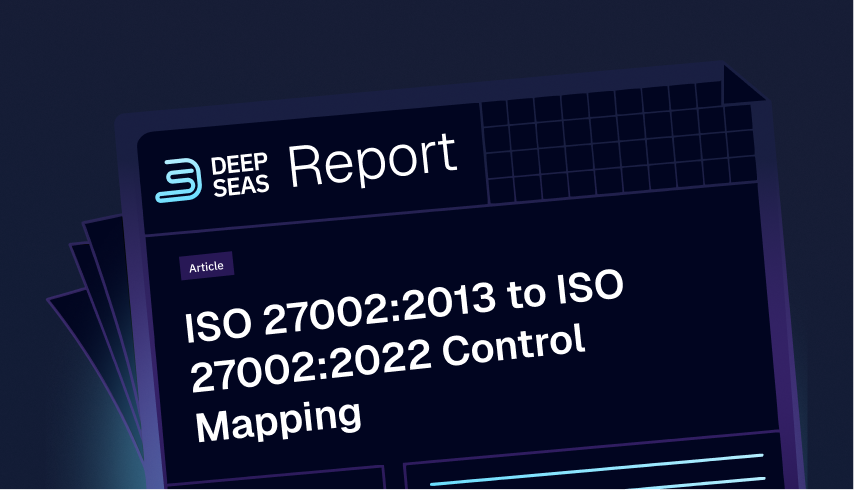
Explore a wealth of industry insights, real-world success stories, and expert guidance to strengthen your defenses and stay ahead of evolving threats.
Read More
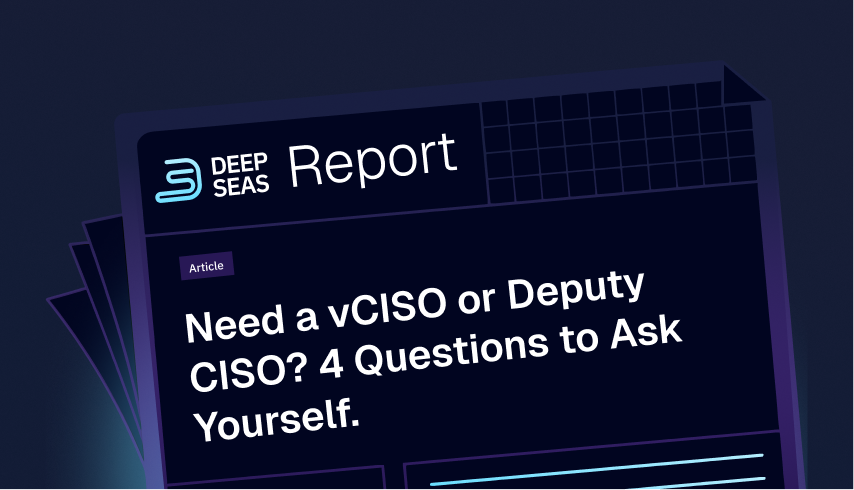
Are you ready to transform your cybersecurity program but don't have the budget to expand your in-house team? Use the list of questions below to determine if you could benefit from a DeepSeas virtual CISO (vCISO) or Deputy CISO.
Read More
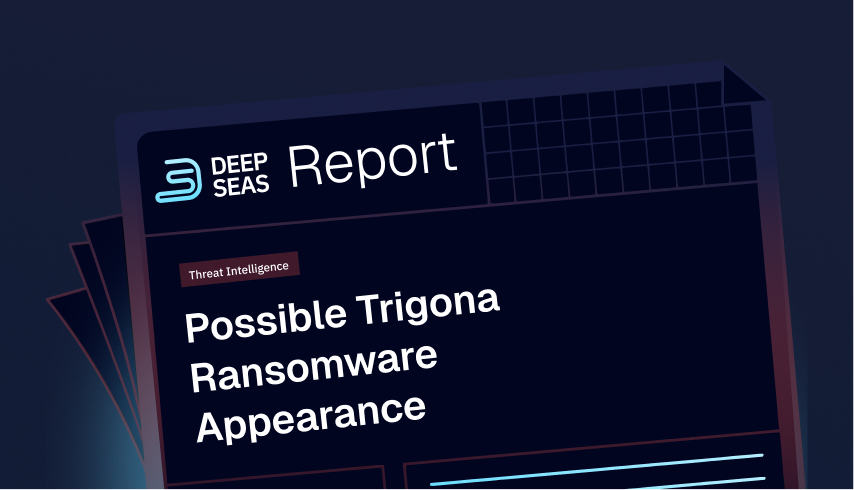
Explore a wealth of industry insights, real-world success stories, and expert guidance to strengthen your defenses and stay ahead of evolving threats.
Read More
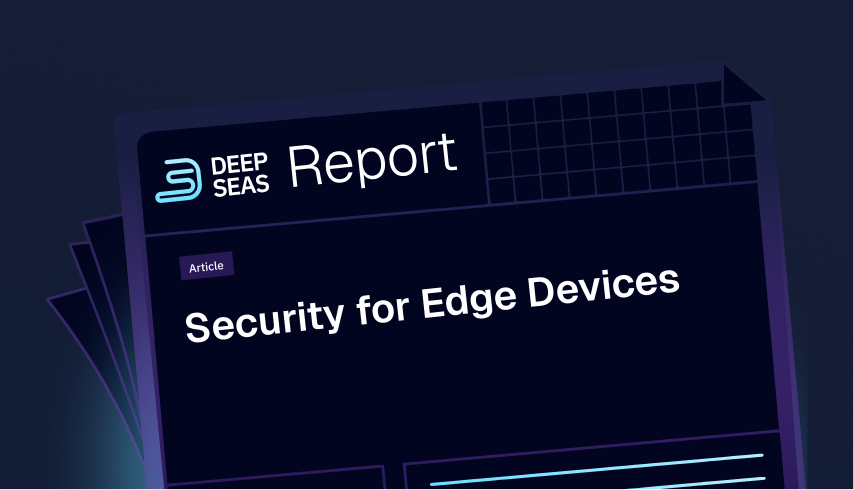
DeepSeas cyber defenders are seeing reports of increased attacks by threat actors against edge devices. There are several ways criminals have targeted edge devices, and organizations reporting incidents related to third parties.
Read More
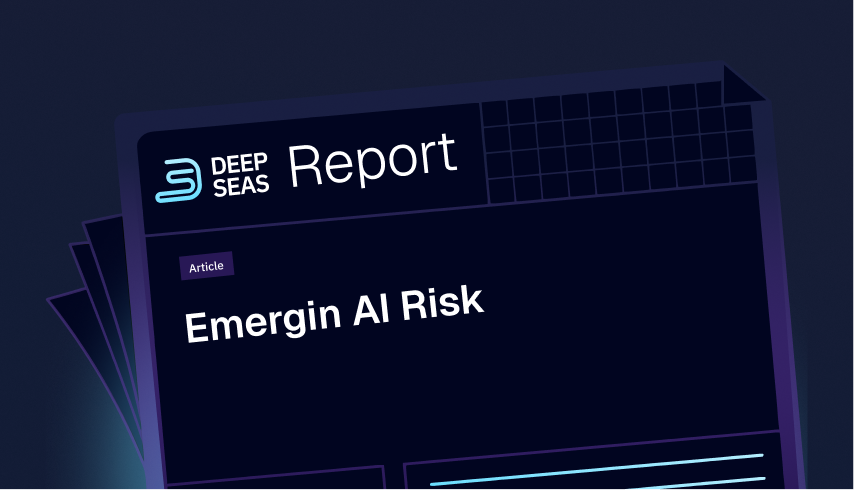
With the rise of artificial intelligence (AI) and machine learning (ML), we're entering a new frontier where the tools designed to help us could inadvertently create new vulnerabilities. A recent observation by the SANS Internet Storm Center highlights this emerging risk in a way that should prompt us all to pause and reflect.
Read More
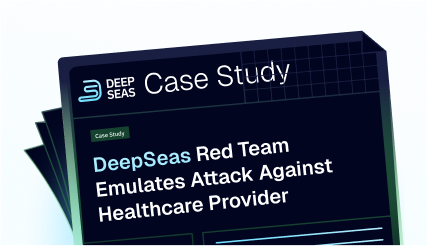
Explore a wealth of industry insights, real-world success stories, and expert guidance to strengthen your defenses and stay ahead of evolving threats.
Read More
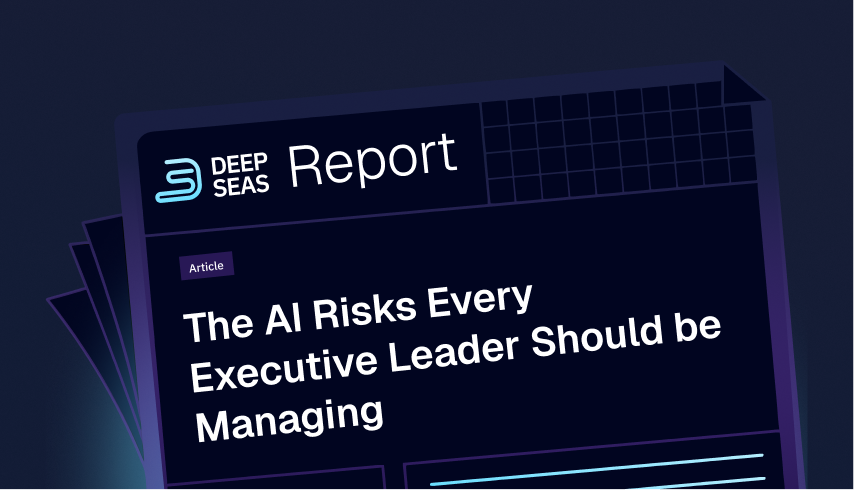
Artificial Intelligence (AI) is being strategically integrated into many organizations with the promise of numerous benefits and opportunities. However, it is crucial to recognize and address the potential risks associated with leveraging any technology, including AI. The list below highlights various risks leadership should be managing.
Read More
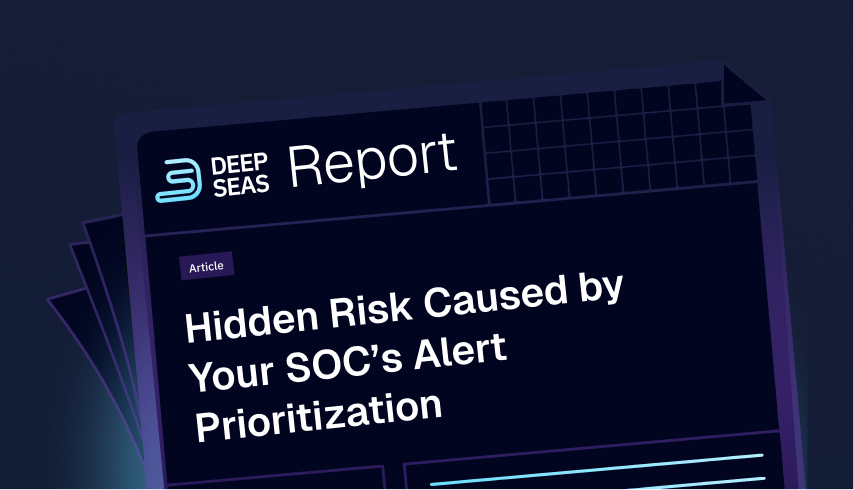
In the ever-evolving cybersecurity landscape, Security Operations Centers (SOCs) play a crucial role in identifying and mitigating potential threats. Staying ahead of ever-evolving threats requires expertise & guidance. Let’s dive deeper into key considerations for understanding and optimizing SOC performance.
Read More

Explore a wealth of industry insights, real-world success stories, and expert guidance to strengthen your defenses and stay ahead of evolving threats.
Read More
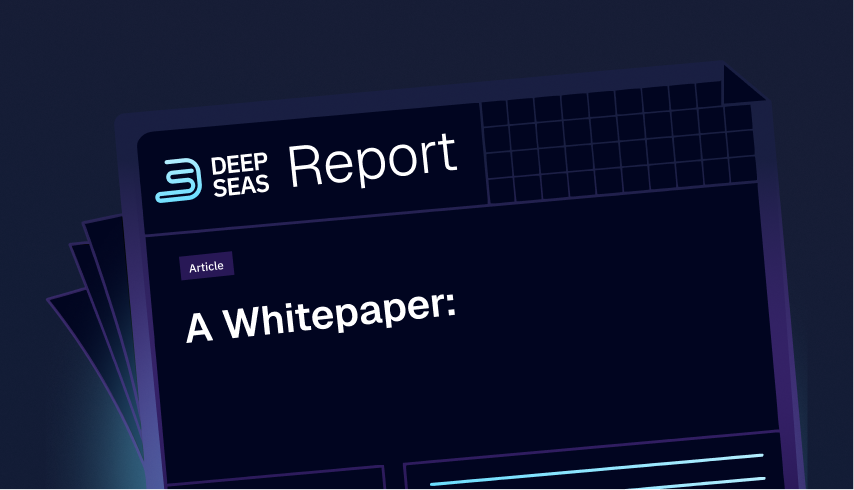
True cyber defense isn't just about executing tasks, it's about orchestrating a program that evolves alongside a sea of threats.
Read More
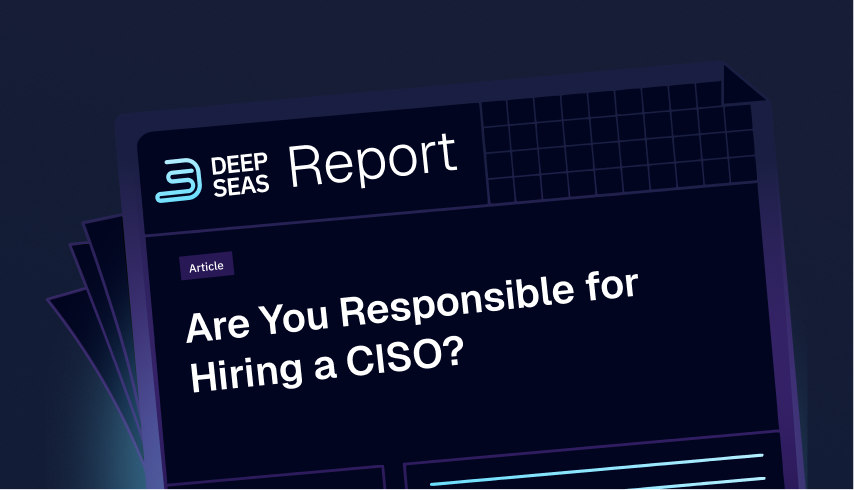
Staying ahead of ever-evolving threats requires expertise & guidance. Use this checklist as a guide in your evaluation when hiring a CISO.
Read More
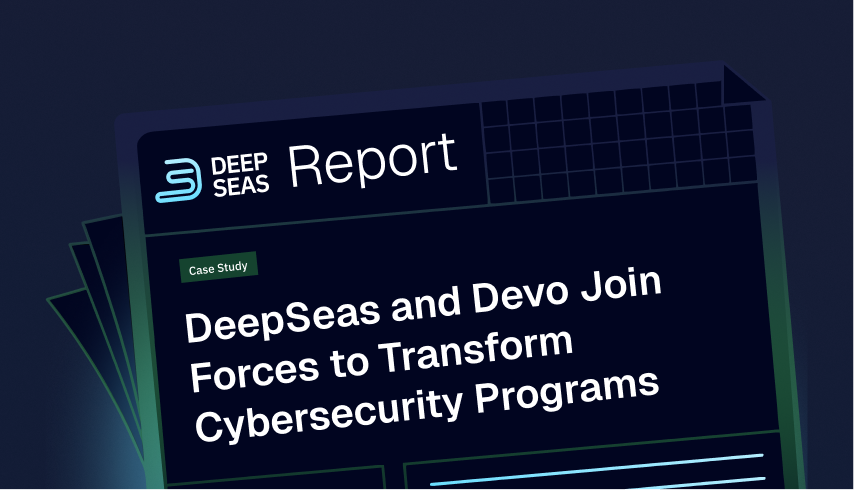
Explore a wealth of industry insights, real-world success stories, and expert guidance to strengthen your defenses and stay ahead of evolving threats.
Read More
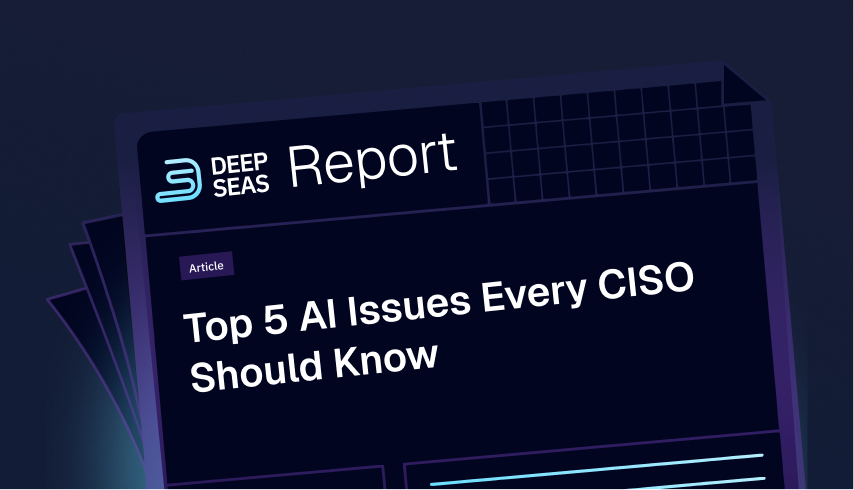
For CISOs, the rapid adoption of AI presents significant security challenges. Dive deeper into the top five AI issues every CISO should know.
Read More
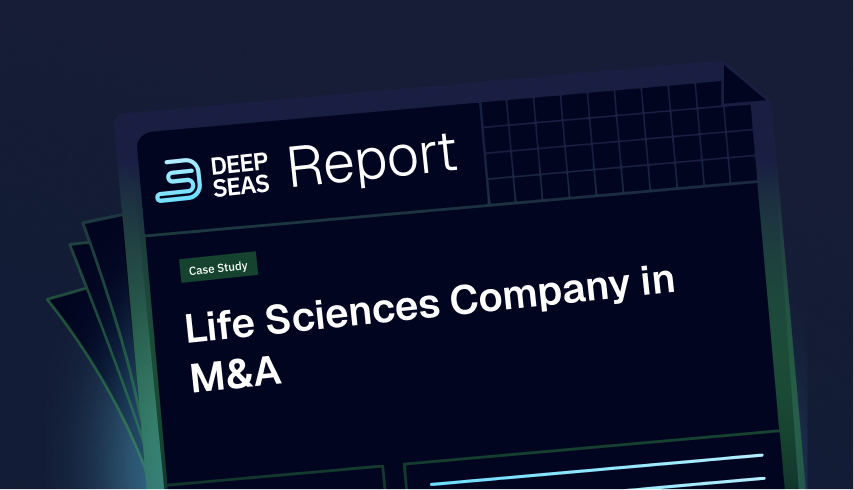
Explore a wealth of industry insights, real-world success stories, and expert guidance to strengthen your defenses and stay ahead of evolving threats.
Read More
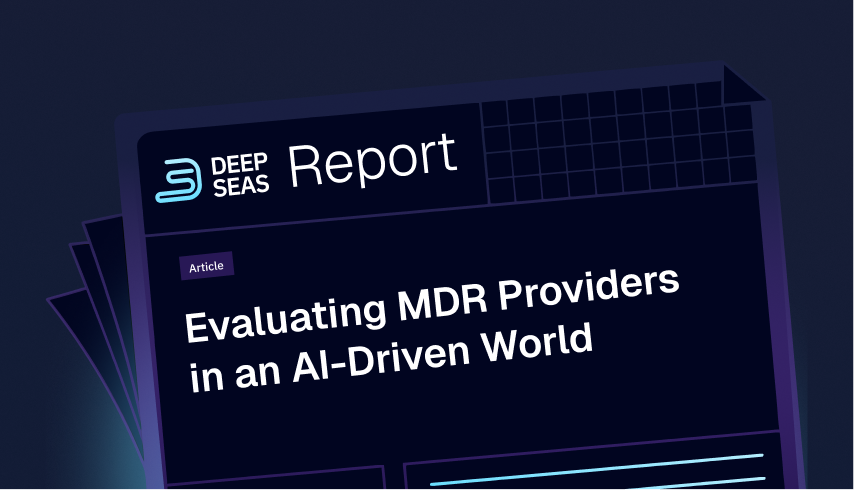
A roundtable with expert panelists from Frost & Sullivan, Microsoft, and DeepSeas discuss how to evaluate MDR providers in an AI driven world.
Read More
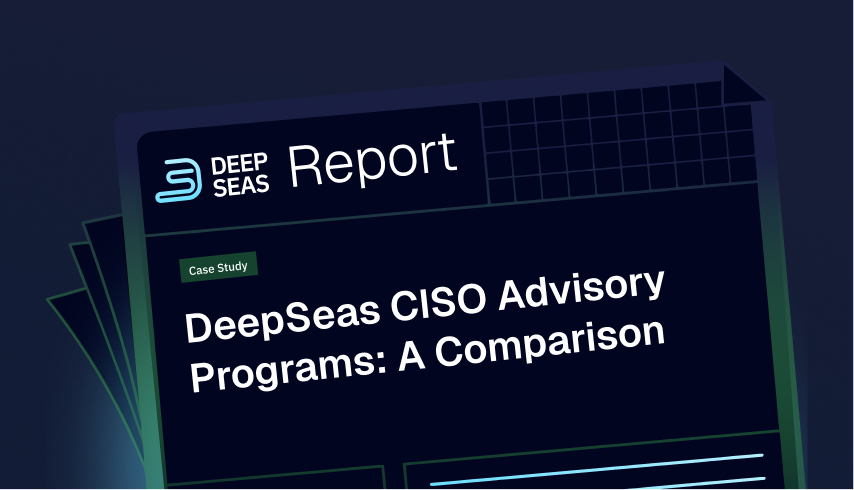
Explore a wealth of industry insights, real-world success stories, and expert guidance to strengthen your defenses and stay ahead of evolving threats.
Read More

Explore a wealth of industry insights, real-world success stories, and expert guidance to strengthen your defenses and stay ahead of evolving threats.
Read More
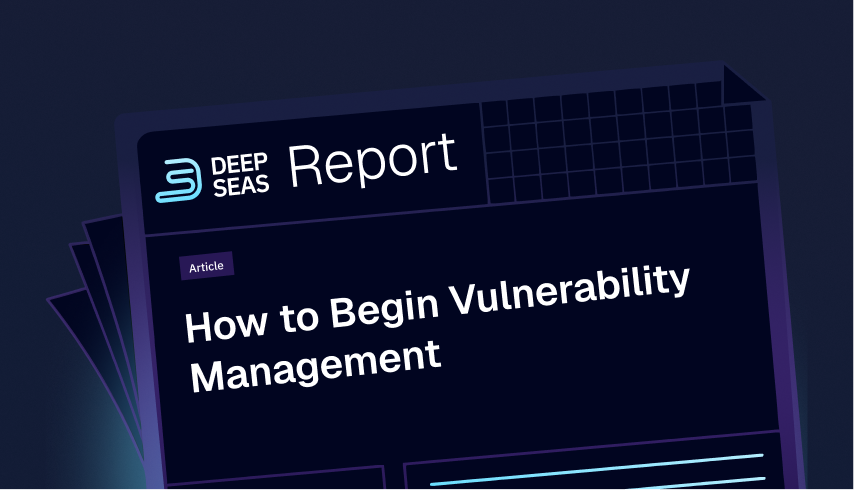
Effective vulnerability management is vital for organizational resilience, safeguarding operations and assets from potential breaches. Effective vulnerability management starts with a clear and comprehensive understanding of your organization's assets and the potential threats they face. This article provides the key steps to get started in vulnerability management.
Read More

Explore a wealth of industry insights, real-world success stories, and expert guidance to strengthen your defenses and stay ahead of evolving threats.
Read More
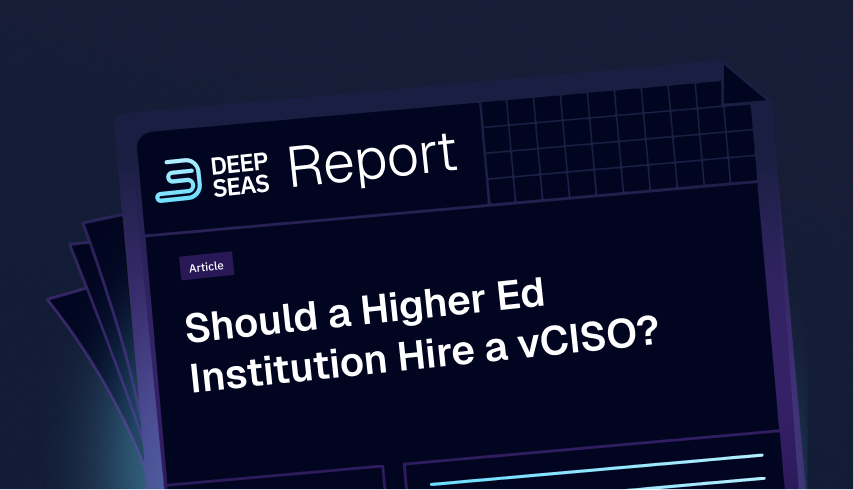
The demand for a top talent Chief Information Security Officer (CISO) is significantly higher than the supply. With a vCISO from DeepSeas, a higher ed institute can eliminate the challenges involved with CISO recruitment while saving on costly salaries, benefits, training, and bonuses.
Read More
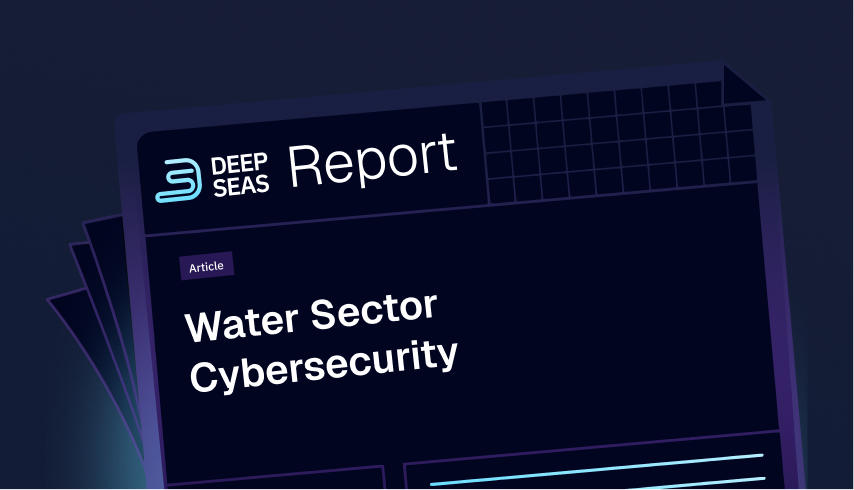
Increasing threats from nation-state actors targeting water systems causes introduction of water sector cybersecurity legislation.
Read More
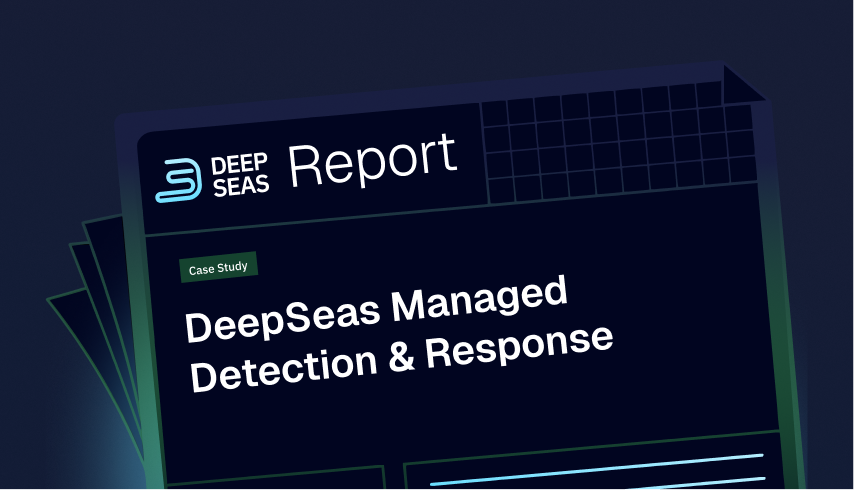
Explore a wealth of industry insights, real-world success stories, and expert guidance to strengthen your defenses and stay ahead of evolving threats.
Read More

Explore a wealth of industry insights, real-world success stories, and expert guidance to strengthen your defenses and stay ahead of evolving threats.
Read More
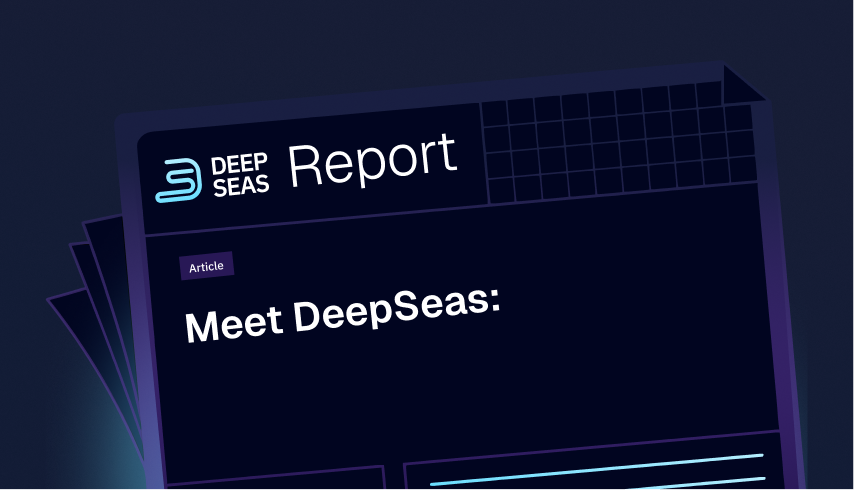
Watch how the DeepSeas core offerings will transform your cyber defense program through CISO Advisory, Managed Detection & Response, and offensive security testing services through DeepSeas RED.
Read More
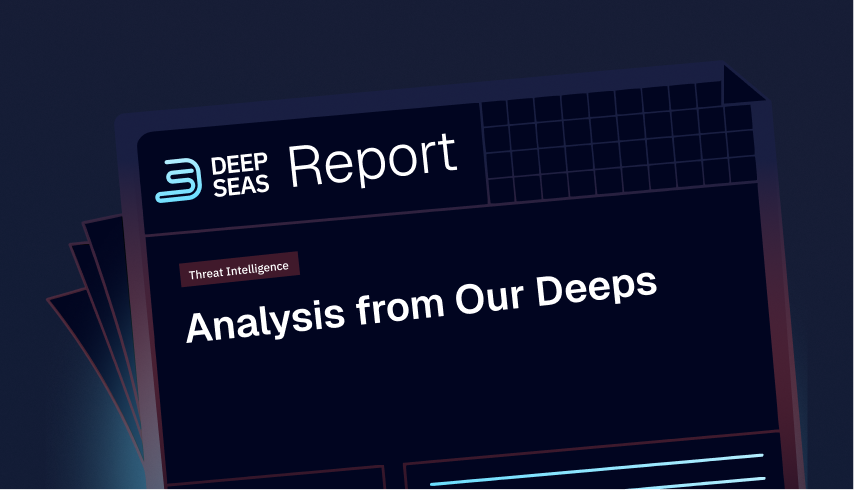
Explore a wealth of industry insights, real-world success stories, and expert guidance to strengthen your defenses and stay ahead of evolving threats.
Read More

Explore a wealth of industry insights, real-world success stories, and expert guidance to strengthen your defenses and stay ahead of evolving threats.
Read More
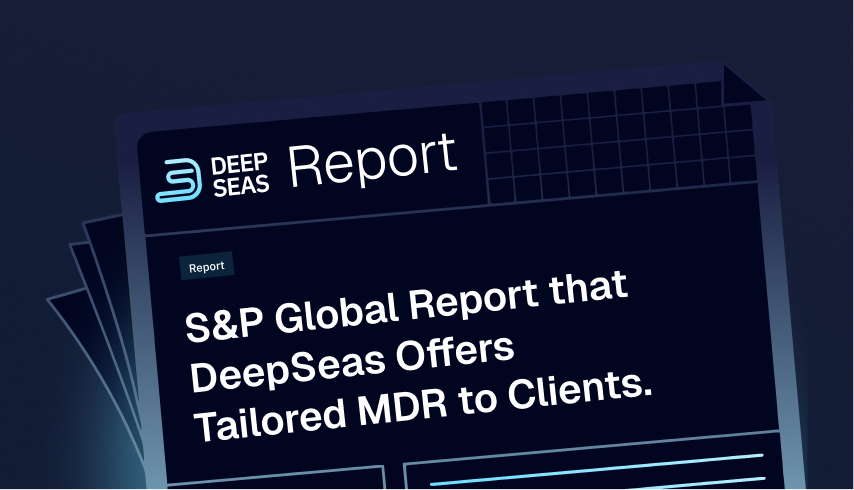
Explore a wealth of industry insights, real-world success stories, and expert guidance to strengthen your defenses and stay ahead of evolving threats.
Read More
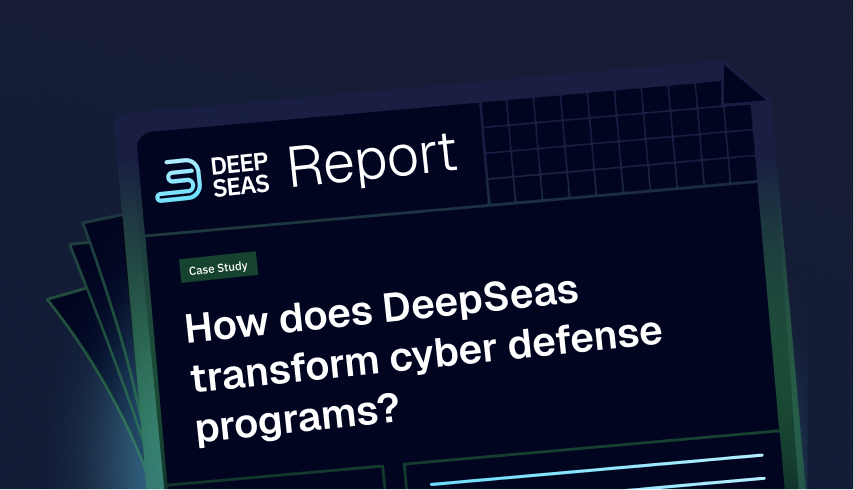
Explore a wealth of industry insights, real-world success stories, and expert guidance to strengthen your defenses and stay ahead of evolving threats.
Read More
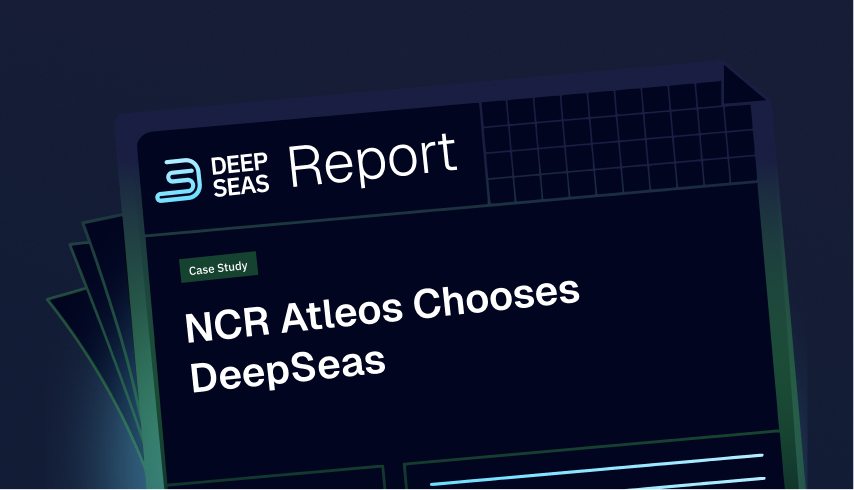
Explore a wealth of industry insights, real-world success stories, and expert guidance to strengthen your defenses and stay ahead of evolving threats.
Read More
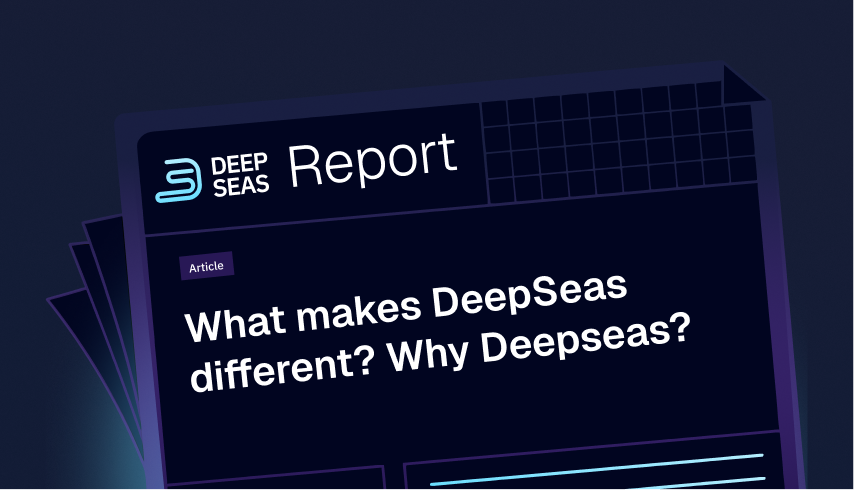
DeepSeas stands out with "The DeepSeas Difference": Continuous Transformation, Persistent Defense, and Personalized Innovation. Unlike traditional providers, we offer holistic solutions tailored to evolving threats.
Read More

Explore a wealth of industry insights, real-world success stories, and expert guidance to strengthen your defenses and stay ahead of evolving threats.
Read More

Explore a wealth of industry insights, real-world success stories, and expert guidance to strengthen your defenses and stay ahead of evolving threats.
Read More
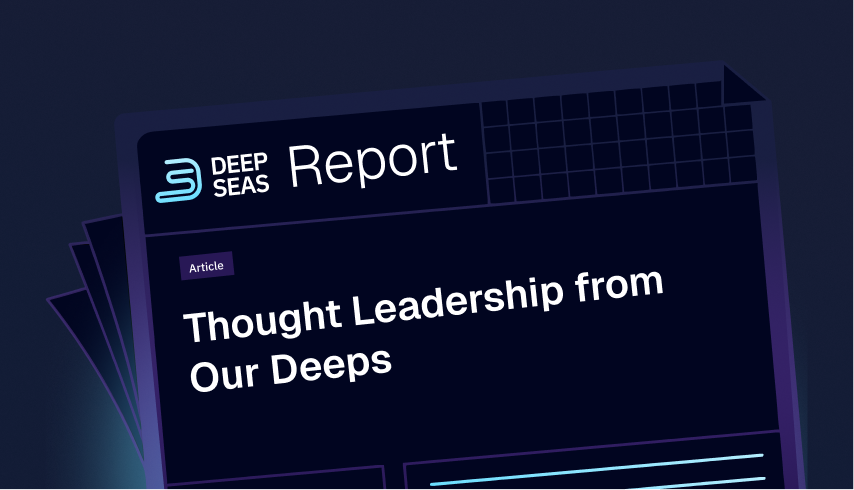
May 2024 brings critical cybersecurity issues: DDoS attacks on honeypots, hidden costs in Amazon S3, privacy concerns in European app markets, and a vulnerability in BentoML. Stay vigilant and take action with DeepSeas' expertise.
Read More
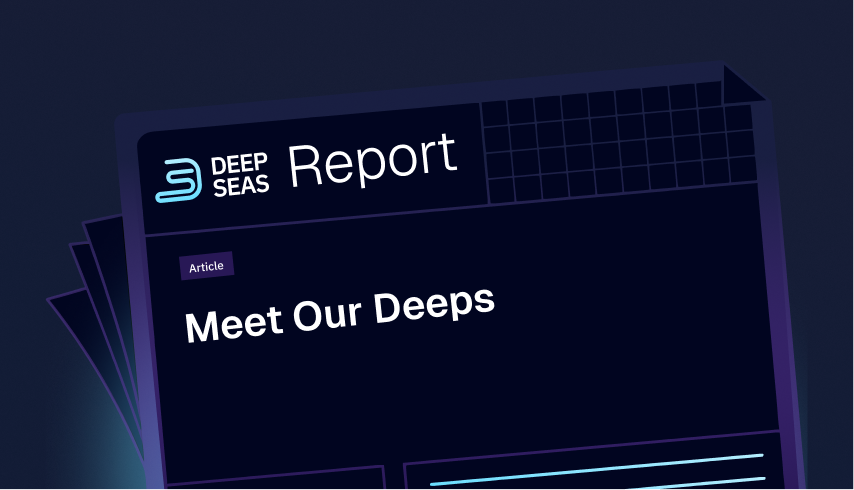
Elena Easton, Client Advocate Manager at DeepSeas, shares insights from her military background, emphasizing leadership, communication, and camaraderie. As a woman veteran, she highlights the importance of continuous learning and leveraging diverse perspectives in cybersecurity.
Read More
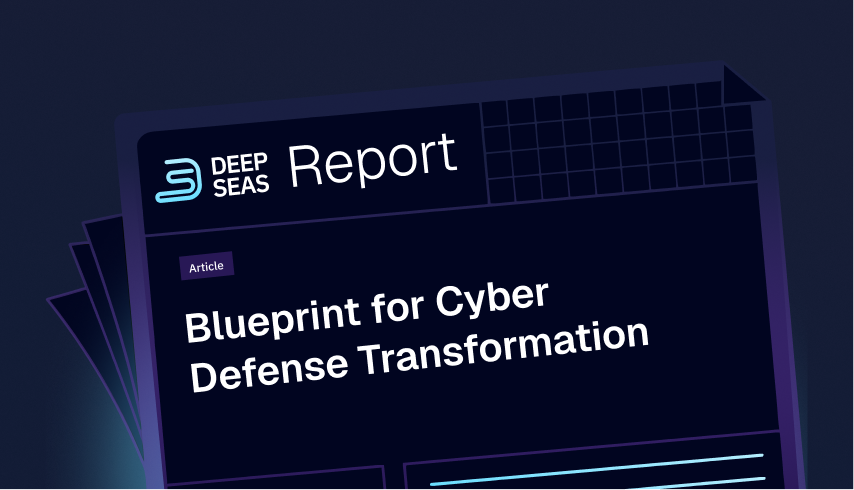
Transform your cybersecurity program with DeepSeas' CISO Advisory Services. Our vCISOs and Deputy CISOs guide every stage of transformation, from defining future states to continuous improvement, reducing cyber risk along the way.
Read More
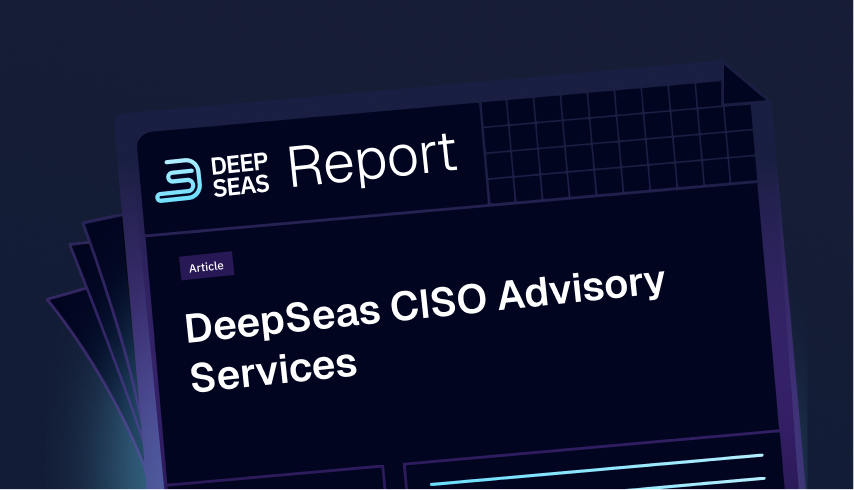
DeepSeas' CISO Advisory services offer flexible options, from regular advisors to full-time vCISOs or Deputy CISOs, tailored to your needs without extra overhead. Our experienced executives use industry-accepted methodologies, customized for your unique transformation journey.
Read More
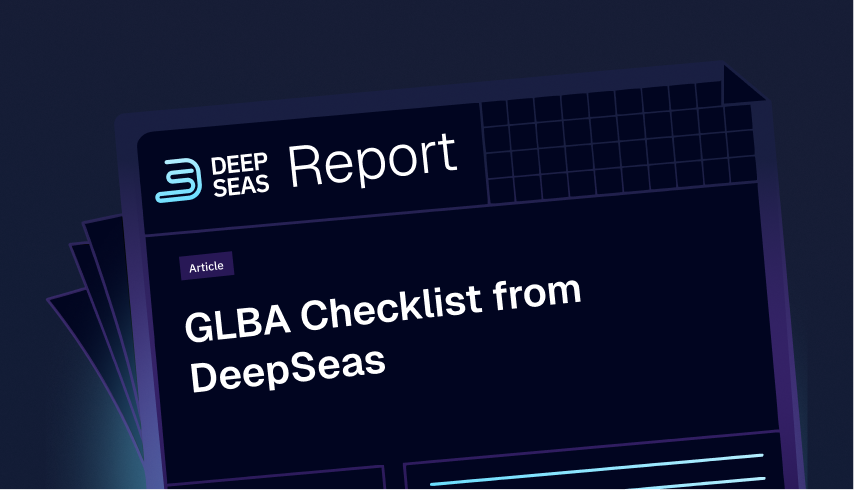
The Federal Trade Commission (FTC) has issued final regulations amending the Standards for Safeguarding Customer Information under the GLBA. Our guide provides an overview of GLBA compliance for the Department of Education, including documentation, roles, monitoring, and the nine required security program elements.
Read More
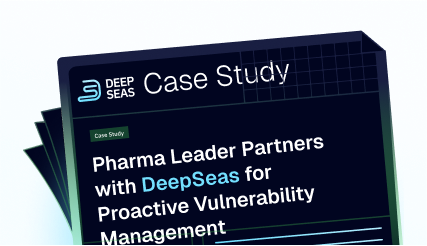
Multinational pharma company chooses DeepSeas for vulnerability management and attack surface reduction
Read More
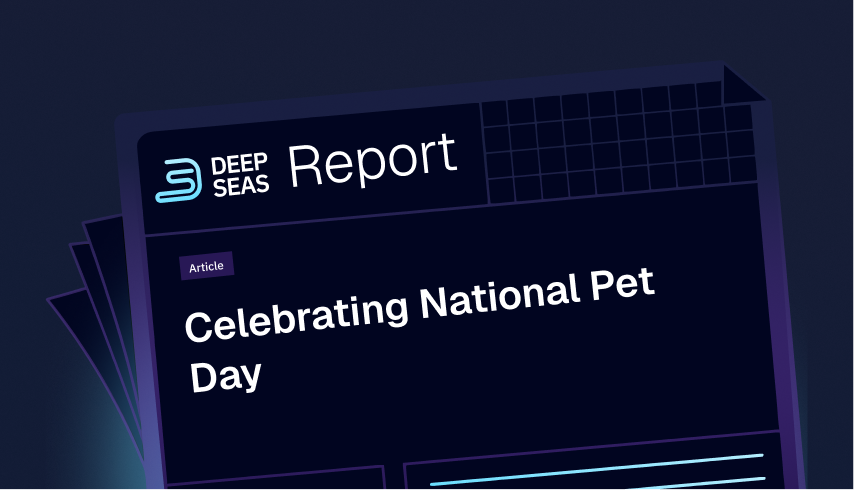
Explore a wealth of industry insights, real-world success stories, and expert guidance to strengthen your defenses and stay ahead of evolving threats.
Read More

Explore a wealth of industry insights, real-world success stories, and expert guidance to strengthen your defenses and stay ahead of evolving threats.
Read More
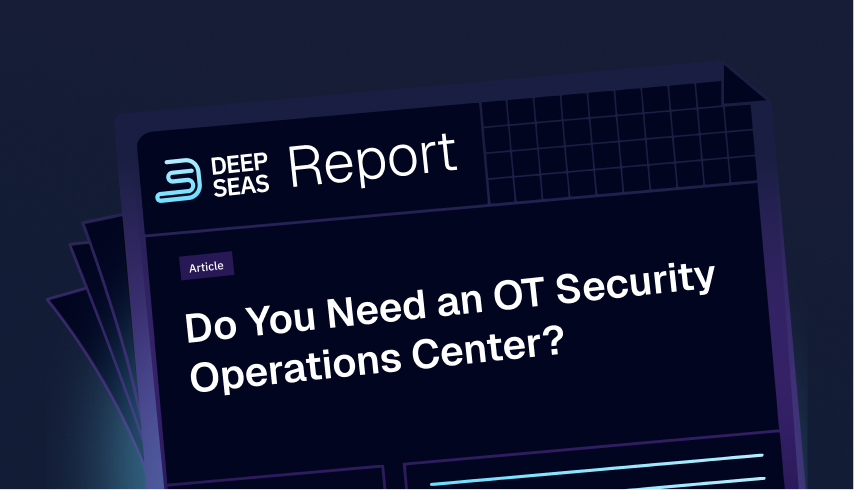
Explore a wealth of industry insights, real-world success stories, and expert guidance to strengthen your defenses and stay ahead of evolving threats.
Read More
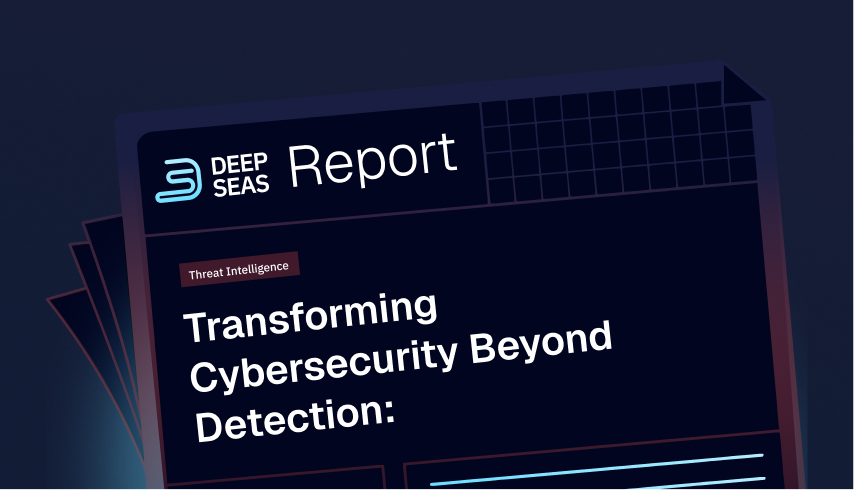
Explore a wealth of industry insights, real-world success stories, and expert guidance to strengthen your defenses and stay ahead of evolving threats.
Read More
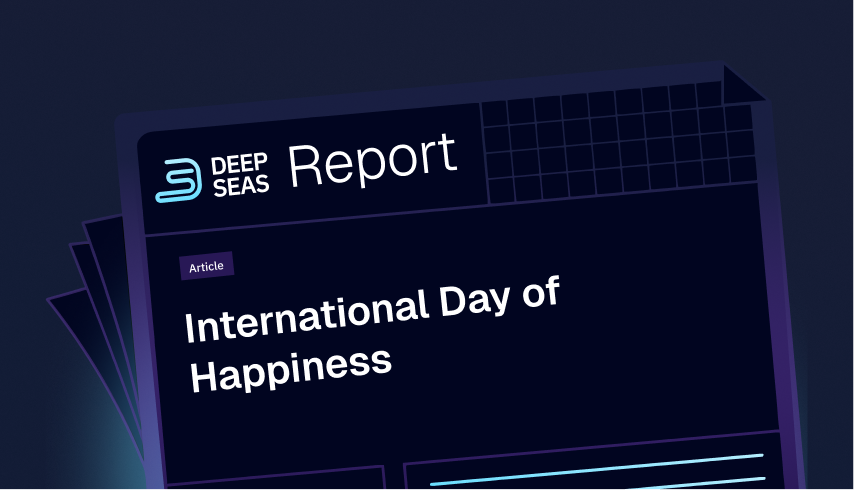
Explore a wealth of industry insights, real-world success stories, and expert guidance to strengthen your defenses and stay ahead of evolving threats.
Read More
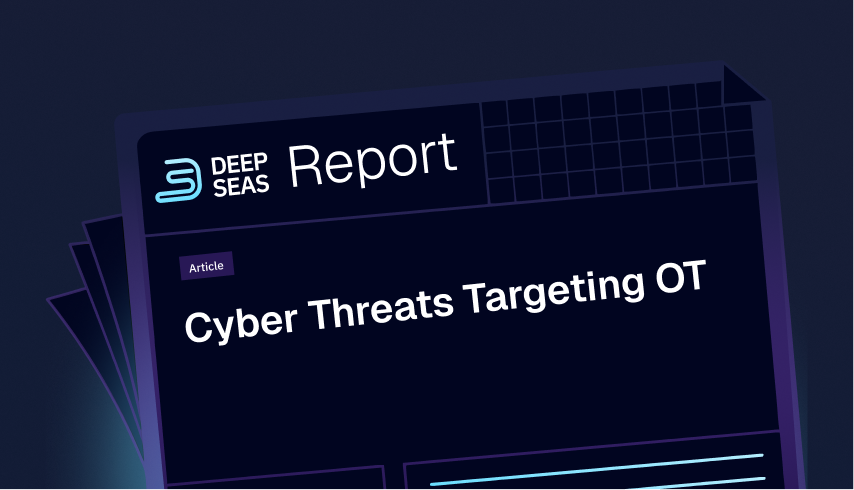
Explore a wealth of industry insights, real-world success stories, and expert guidance to strengthen your defenses and stay ahead of evolving threats.
Read More

Explore a wealth of industry insights, real-world success stories, and expert guidance to strengthen your defenses and stay ahead of evolving threats.
Read More

Explore a wealth of industry insights, real-world success stories, and expert guidance to strengthen your defenses and stay ahead of evolving threats.
Read More
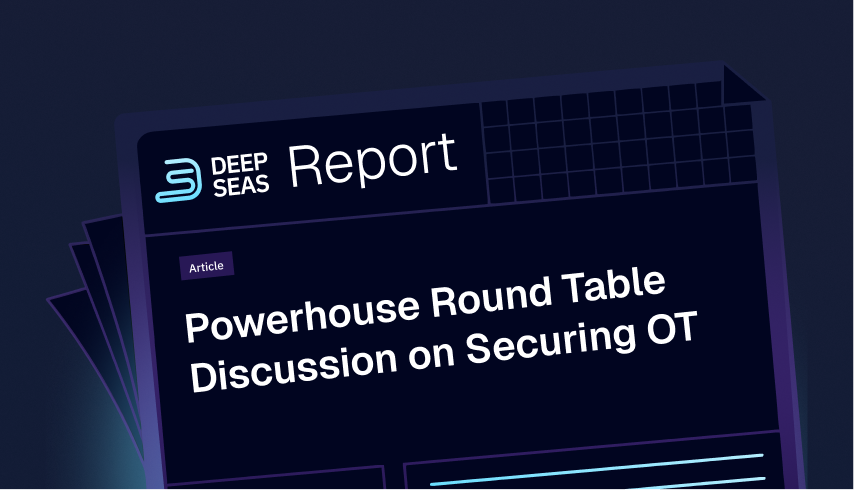
Explore a wealth of industry insights, real-world success stories, and expert guidance to strengthen your defenses and stay ahead of evolving threats.
Read More
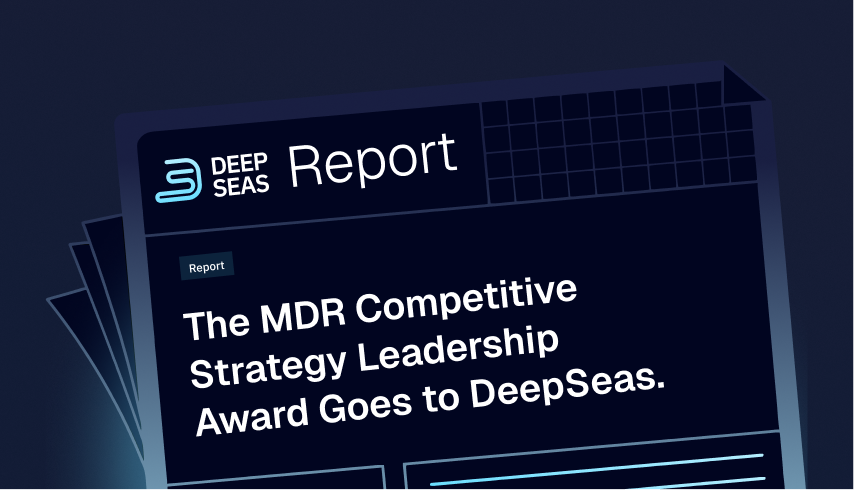
Explore a wealth of industry insights, real-world success stories, and expert guidance to strengthen your defenses and stay ahead of evolving threats.
Read More
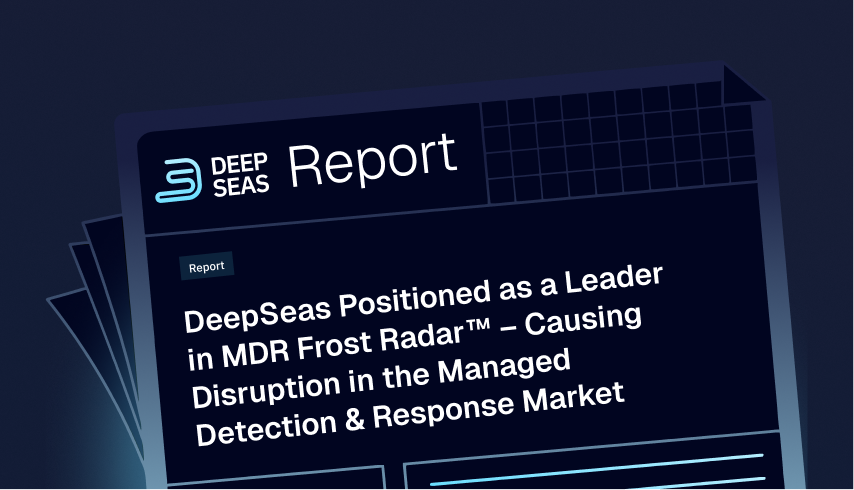
Explore a wealth of industry insights, real-world success stories, and expert guidance to strengthen your defenses and stay ahead of evolving threats.
Read More

Dive into the Q&A below to learn more about how a client of DeepSeas Kicked off their Cybersecurity Program …
Read More
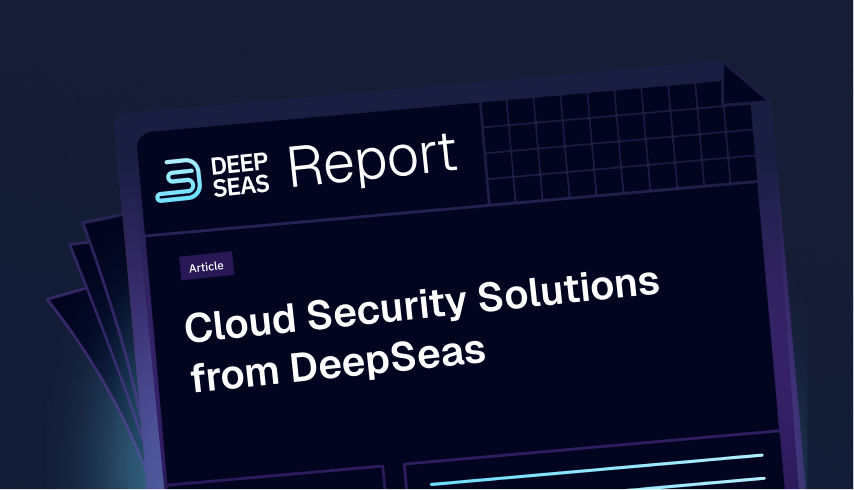
Explore a wealth of industry insights, real-world success stories, and expert guidance to strengthen your defenses and stay ahead of evolving threats.
Read More
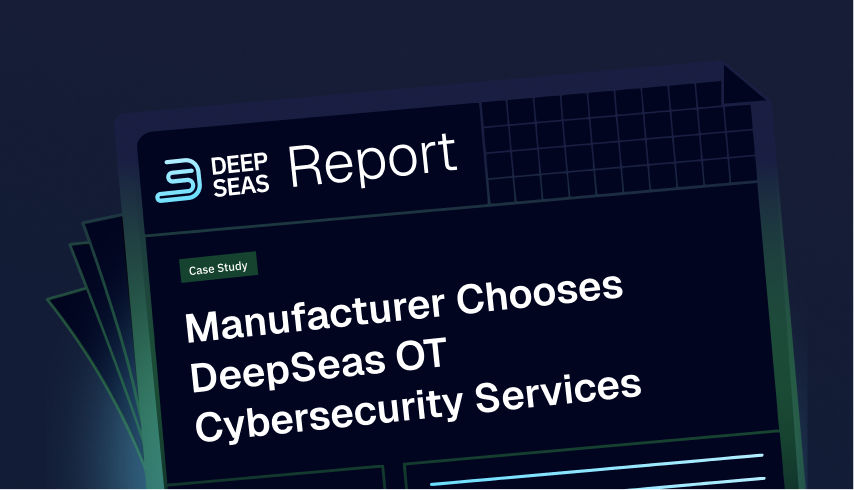
Explore a wealth of industry insights, real-world success stories, and expert guidance to strengthen your defenses and stay ahead of evolving threats.
Read More
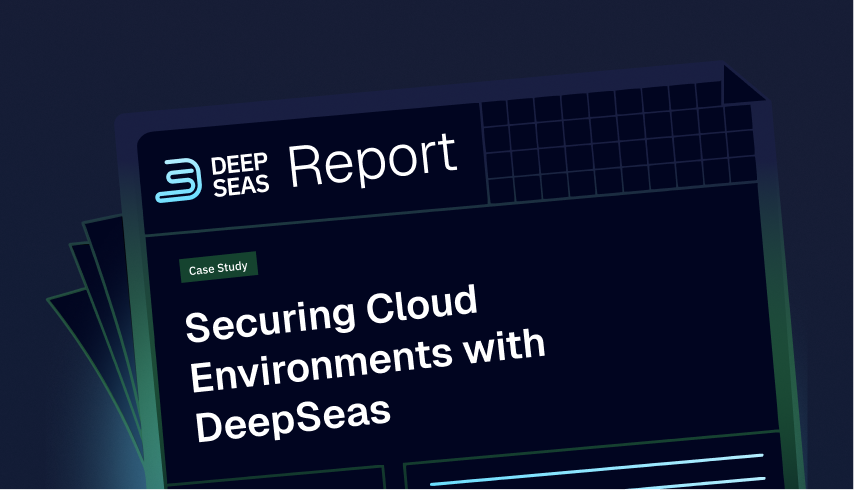
Explore a wealth of industry insights, real-world success stories, and expert guidance to strengthen your defenses and stay ahead of evolving threats.
Read More

Explore a wealth of industry insights, real-world success stories, and expert guidance to strengthen your defenses and stay ahead of evolving threats.
Read More
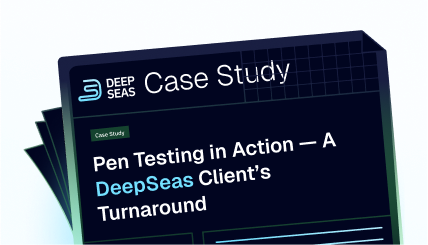
Escalating Cybersecurity Threats in Higher Education In today’s digital landscape, institutions of higher educat…
Read More
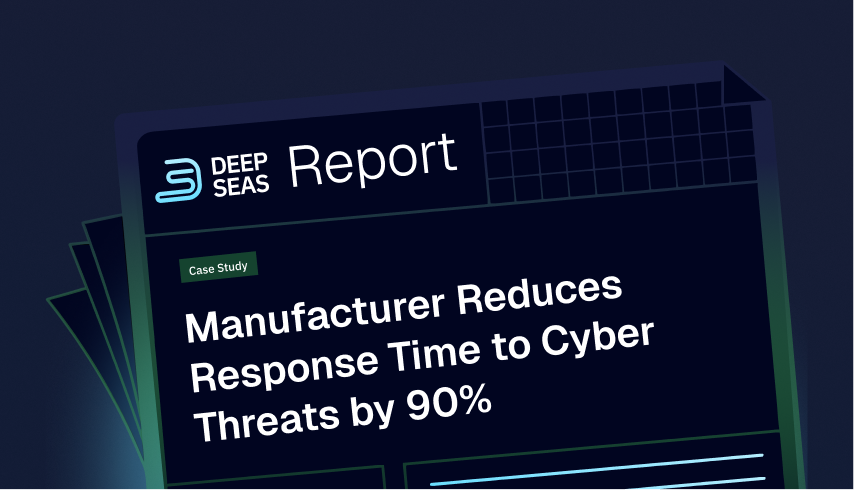
Explore a wealth of industry insights, real-world success stories, and expert guidance to strengthen your defenses and stay ahead of evolving threats.
Read More
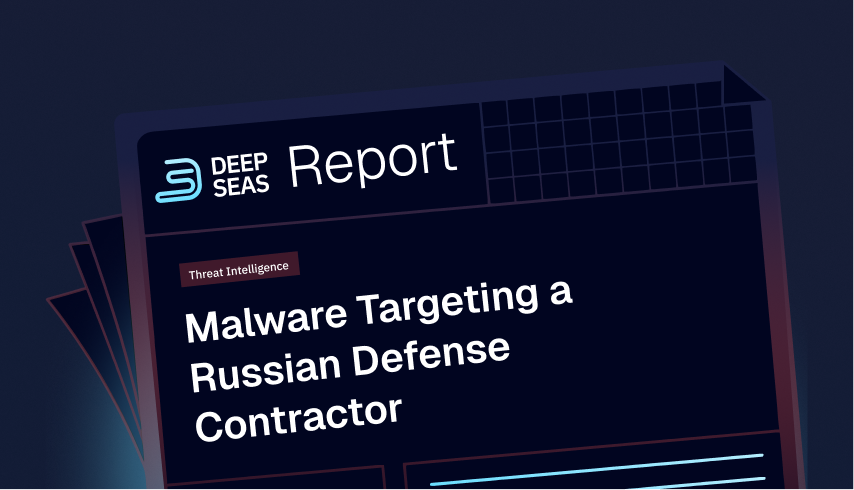
Explore a wealth of industry insights, real-world success stories, and expert guidance to strengthen your defenses and stay ahead of evolving threats.
Read More
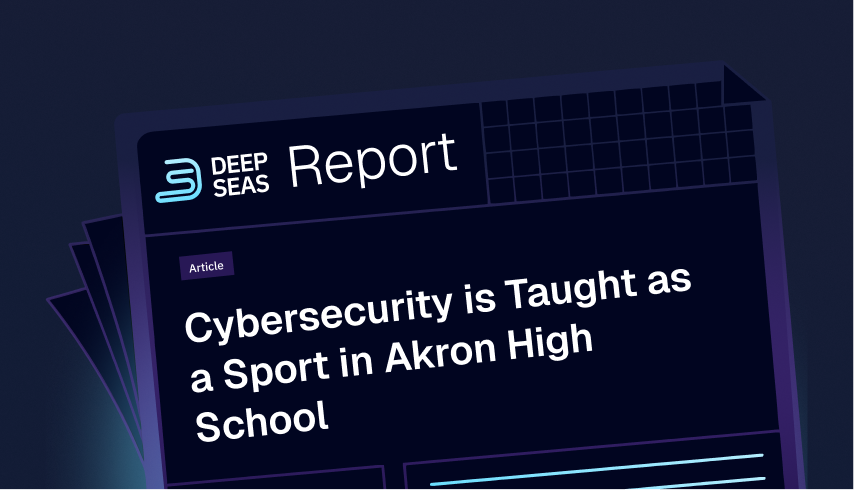
Explore a wealth of industry insights, real-world success stories, and expert guidance to strengthen your defenses and stay ahead of evolving threats.
Read More

Explore a wealth of industry insights, real-world success stories, and expert guidance to strengthen your defenses and stay ahead of evolving threats.
Read More
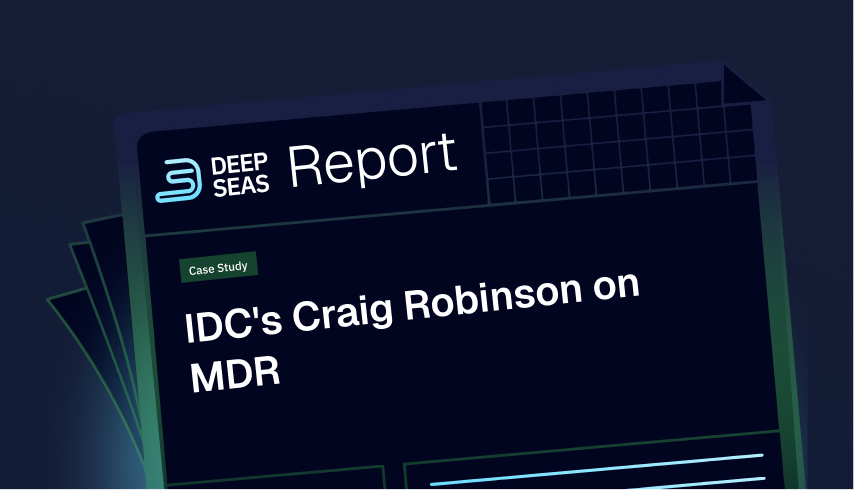
Explore a wealth of industry insights, real-world success stories, and expert guidance to strengthen your defenses and stay ahead of evolving threats.
Read More
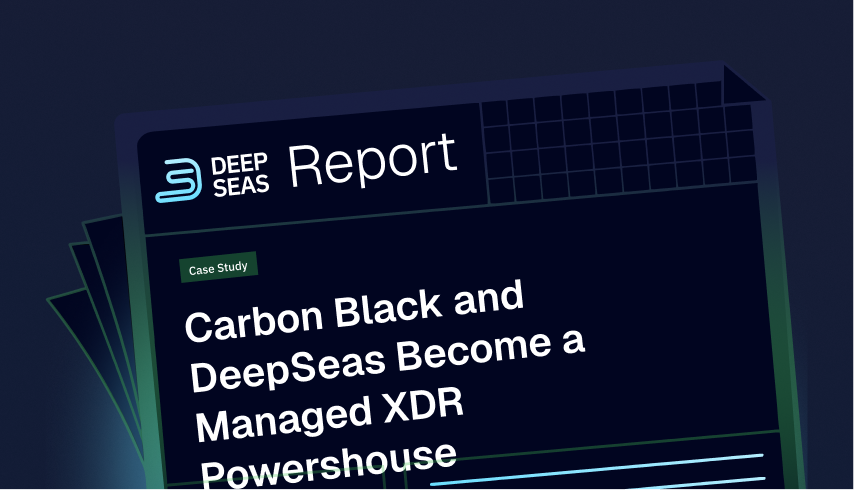
Explore a wealth of industry insights, real-world success stories, and expert guidance to strengthen your defenses and stay ahead of evolving threats.
Read More
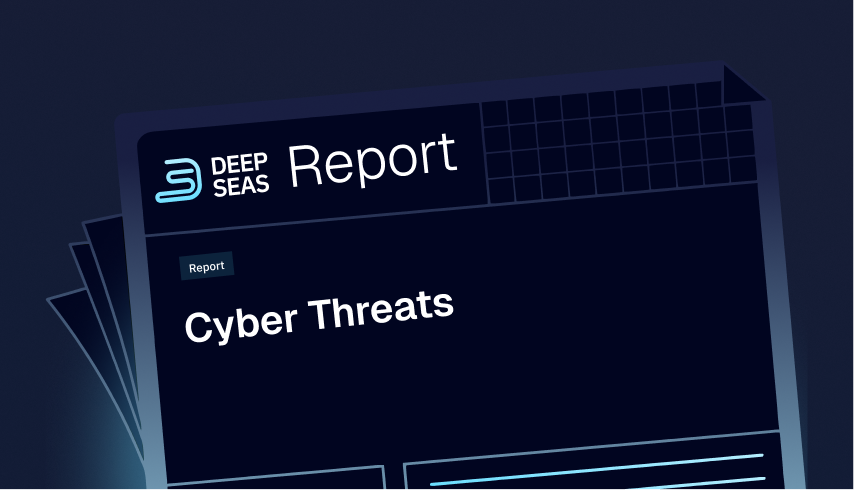
Explore a wealth of industry insights, real-world success stories, and expert guidance to strengthen your defenses and stay ahead of evolving threats.
Read More
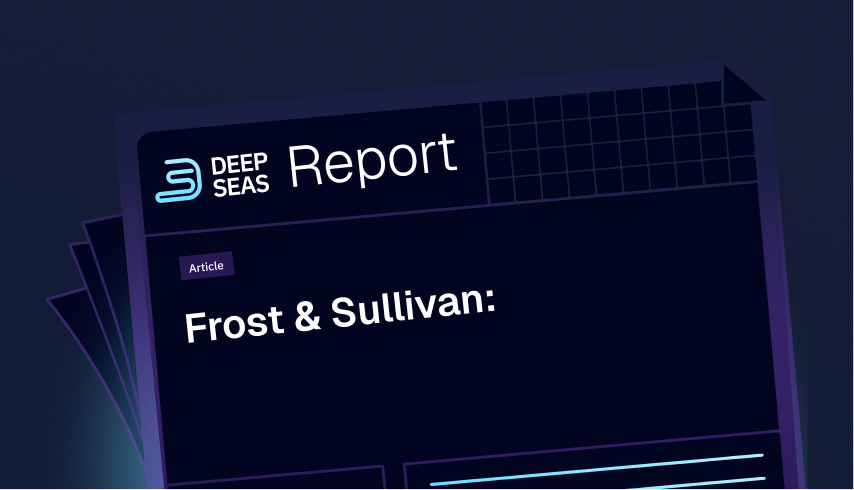
Explore a wealth of industry insights, real-world success stories, and expert guidance to strengthen your defenses and stay ahead of evolving threats.
Read More
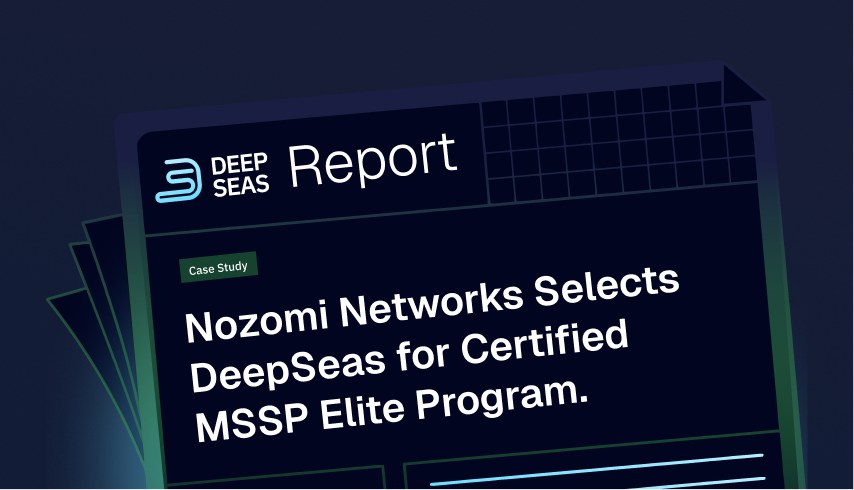
Explore a wealth of industry insights, real-world success stories, and expert guidance to strengthen your defenses and stay ahead of evolving threats.
Read More
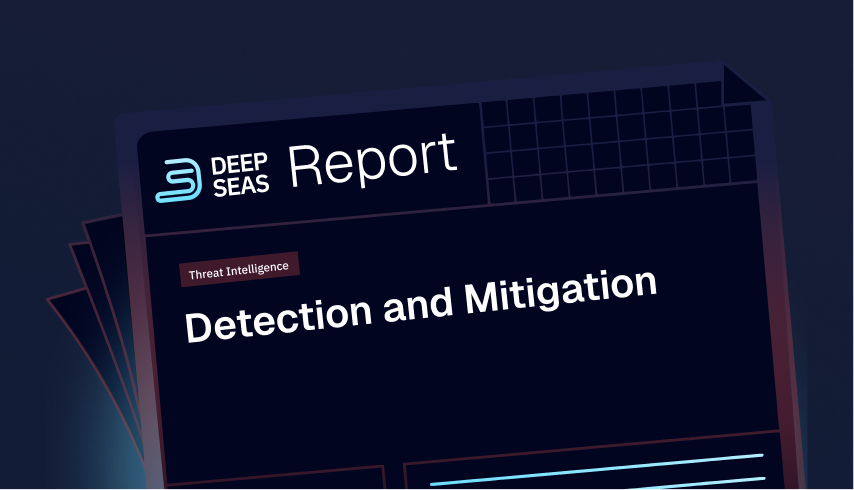
Explore a wealth of industry insights, real-world success stories, and expert guidance to strengthen your defenses and stay ahead of evolving threats.
Read More
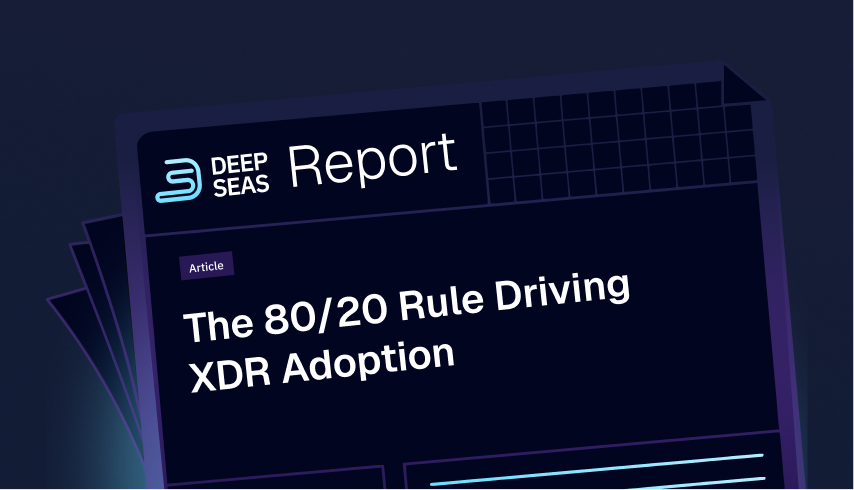
Explore a wealth of industry insights, real-world success stories, and expert guidance to strengthen your defenses and stay ahead of evolving threats.
Read More
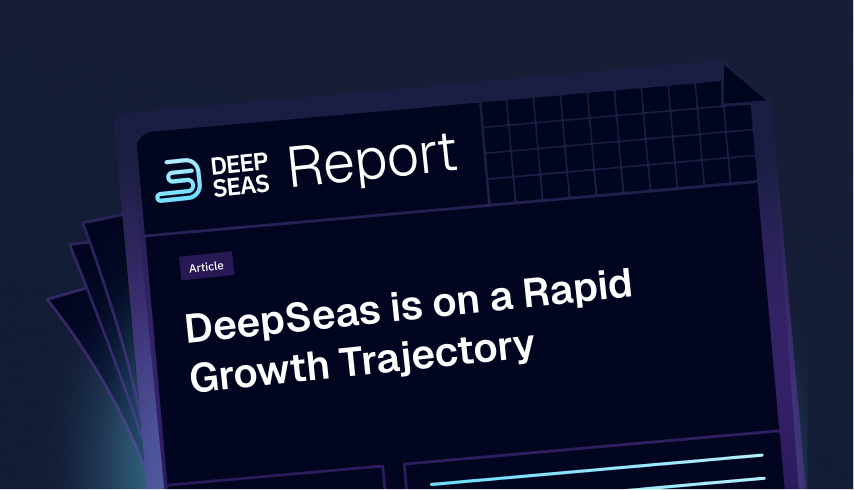
Explore a wealth of industry insights, real-world success stories, and expert guidance to strengthen your defenses and stay ahead of evolving threats.
Read More

Explore a wealth of industry insights, real-world success stories, and expert guidance to strengthen your defenses and stay ahead of evolving threats.
Read More
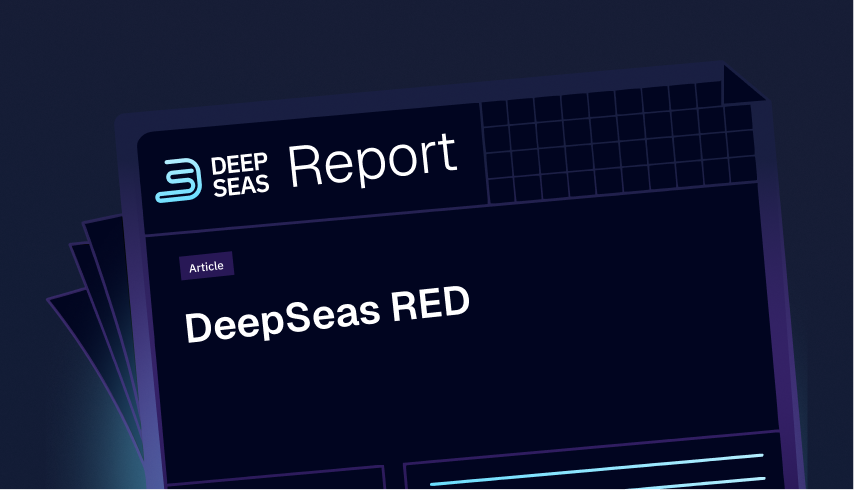
Explore a wealth of industry insights, real-world success stories, and expert guidance to strengthen your defenses and stay ahead of evolving threats.
Read More
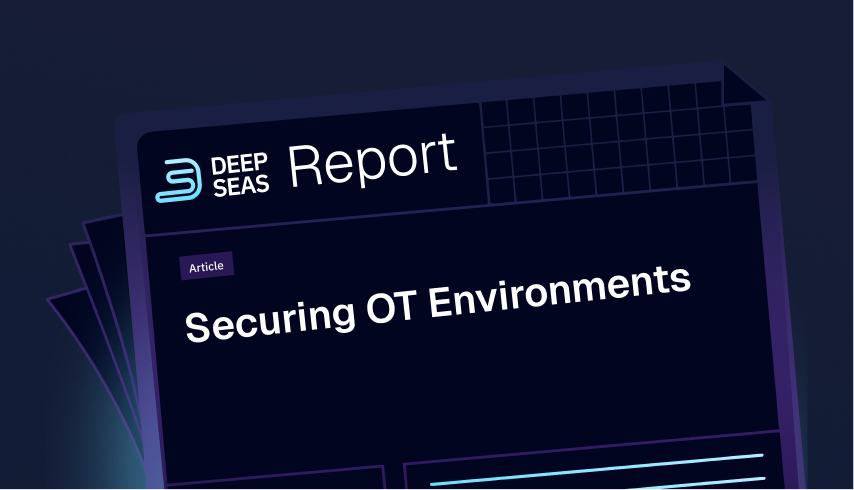
Explore a wealth of industry insights, real-world success stories, and expert guidance to strengthen your defenses and stay ahead of evolving threats.
Read More
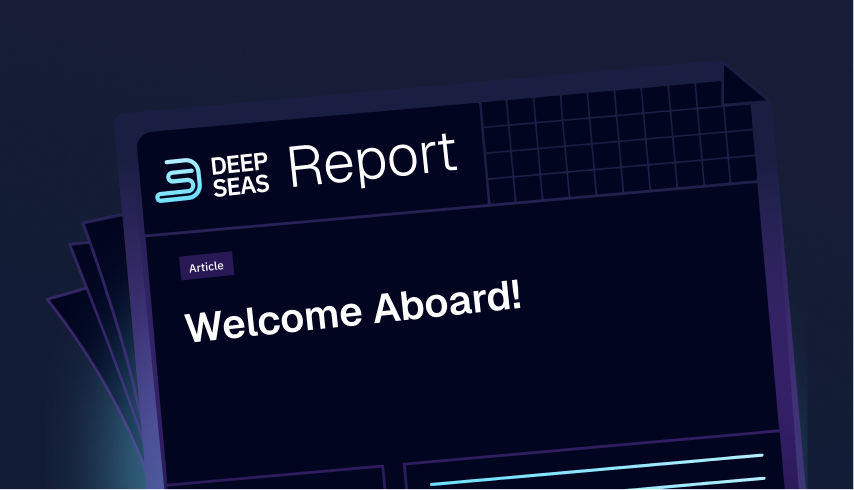
Explore a wealth of industry insights, real-world success stories, and expert guidance to strengthen your defenses and stay ahead of evolving threats.
Read More
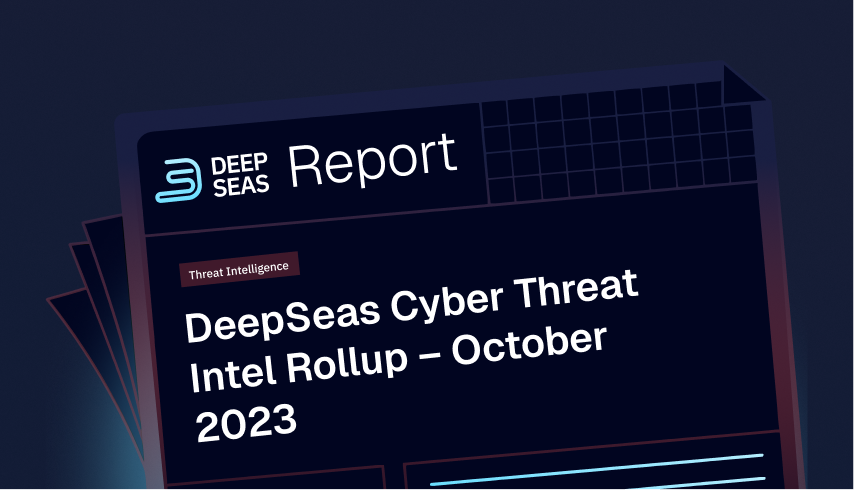
Explore a wealth of industry insights, real-world success stories, and expert guidance to strengthen your defenses and stay ahead of evolving threats.
Read More
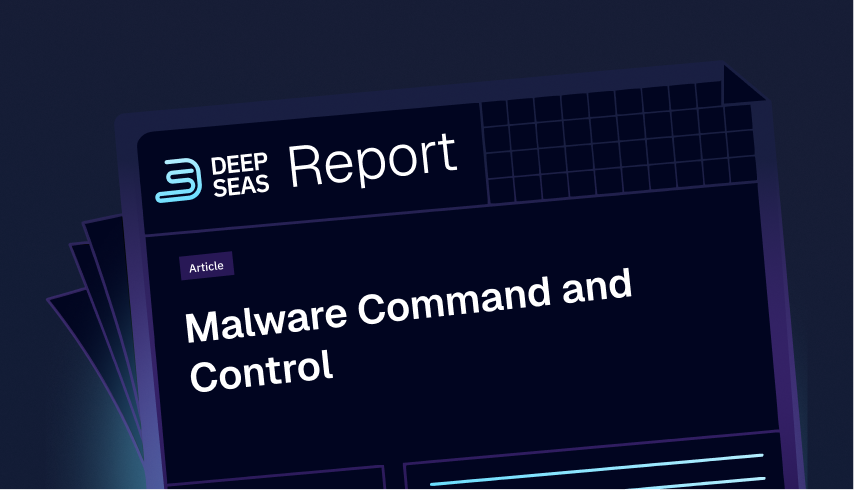
Combat malware command and control with DeepSeas MDR+ and threat intel from DeepSeas.
Read More

Explore a wealth of industry insights, real-world success stories, and expert guidance to strengthen your defenses and stay ahead of evolving threats.
Read More

Explore a wealth of industry insights, real-world success stories, and expert guidance to strengthen your defenses and stay ahead of evolving threats.
Read More

Explore a wealth of industry insights, real-world success stories, and expert guidance to strengthen your defenses and stay ahead of evolving threats.
Read More
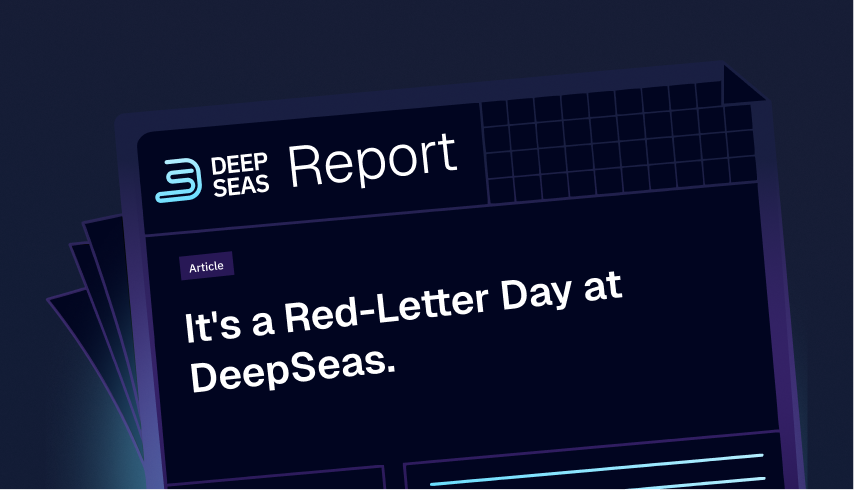
Explore a wealth of industry insights, real-world success stories, and expert guidance to strengthen your defenses and stay ahead of evolving threats.
Read More

Explore a wealth of industry insights, real-world success stories, and expert guidance to strengthen your defenses and stay ahead of evolving threats.
Read More
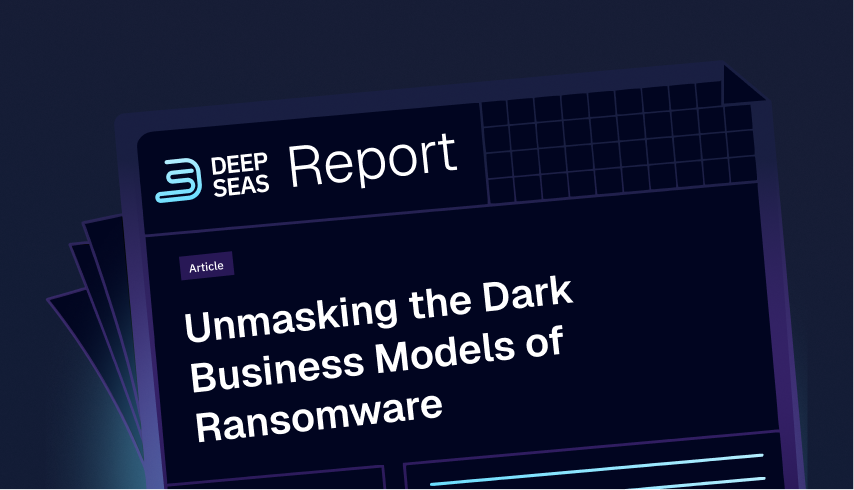
Explore a wealth of industry insights, real-world success stories, and expert guidance to strengthen your defenses and stay ahead of evolving threats.
Read More
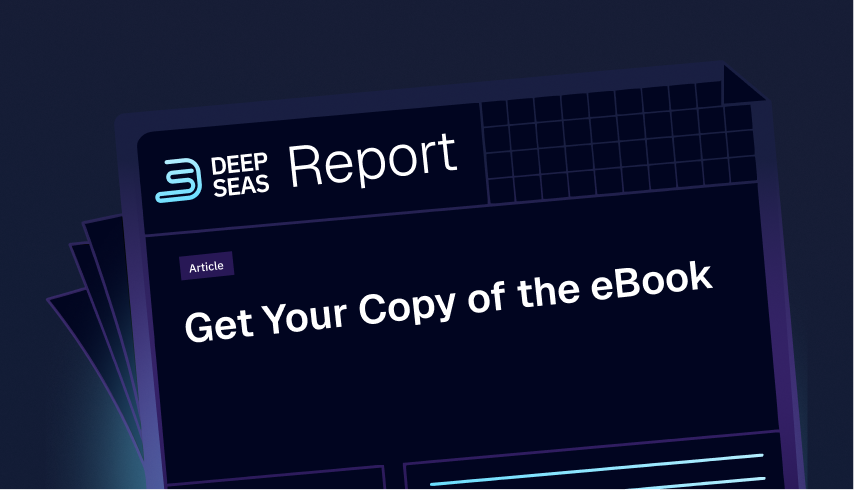
Explore a wealth of industry insights, real-world success stories, and expert guidance to strengthen your defenses and stay ahead of evolving threats.
Read More

Explore a wealth of industry insights, real-world success stories, and expert guidance to strengthen your defenses and stay ahead of evolving threats.
Read More
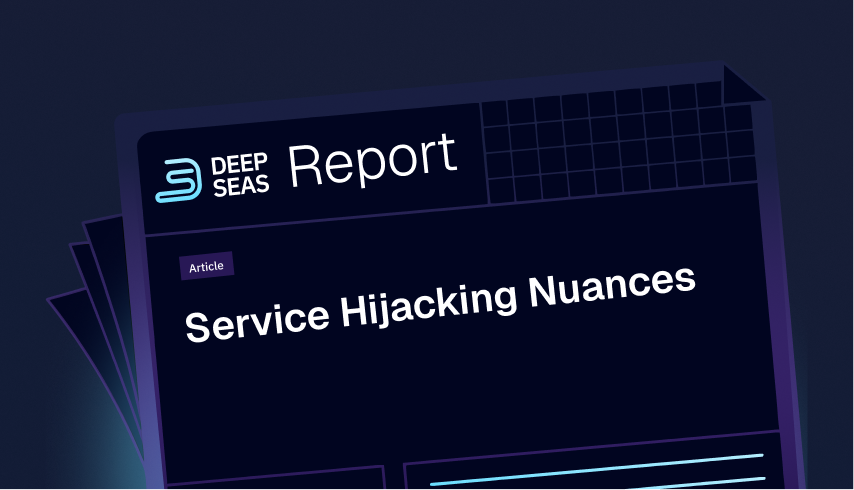
Explore a wealth of industry insights, real-world success stories, and expert guidance to strengthen your defenses and stay ahead of evolving threats.
Read More
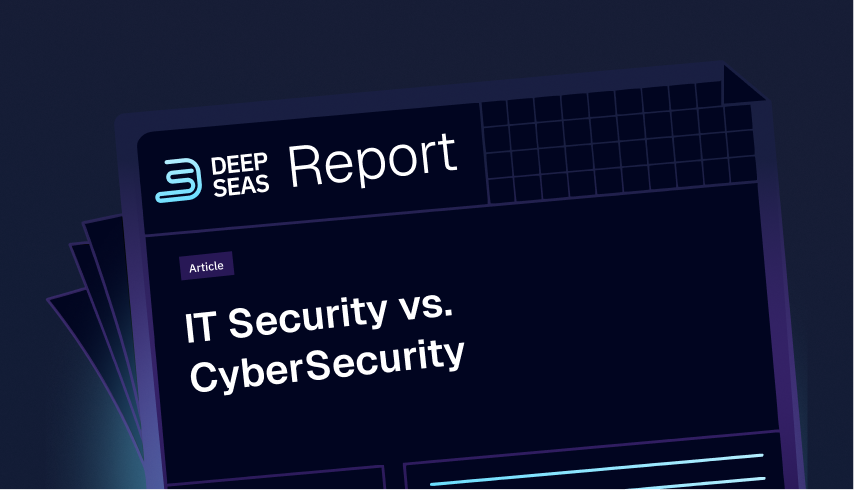
Explore a wealth of industry insights, real-world success stories, and expert guidance to strengthen your defenses and stay ahead of evolving threats.
Read More
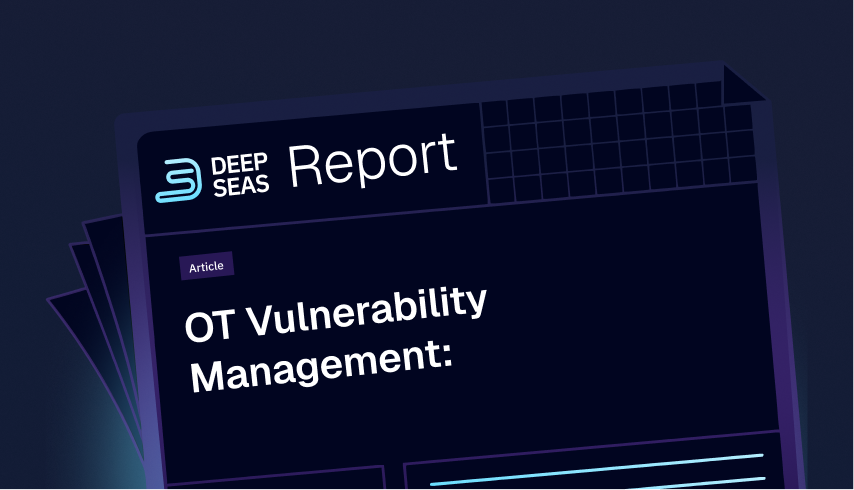
Explore a wealth of industry insights, real-world success stories, and expert guidance to strengthen your defenses and stay ahead of evolving threats.
Read More
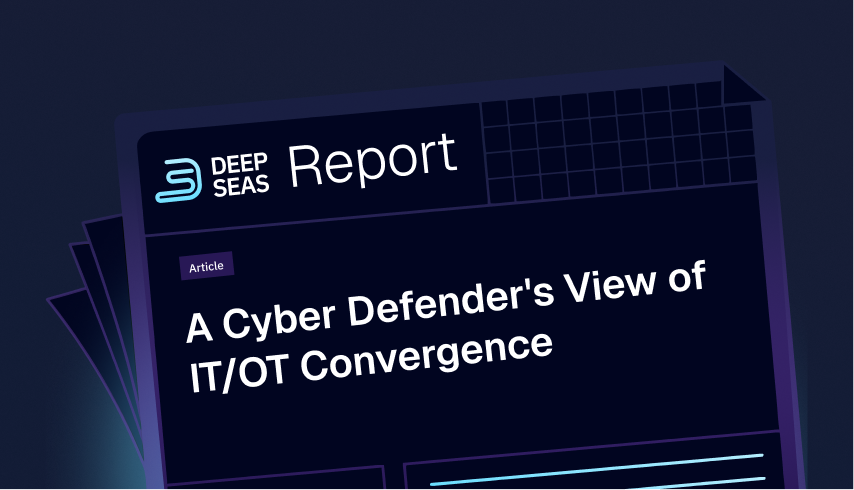
Explore a wealth of industry insights, real-world success stories, and expert guidance to strengthen your defenses and stay ahead of evolving threats.
Read More
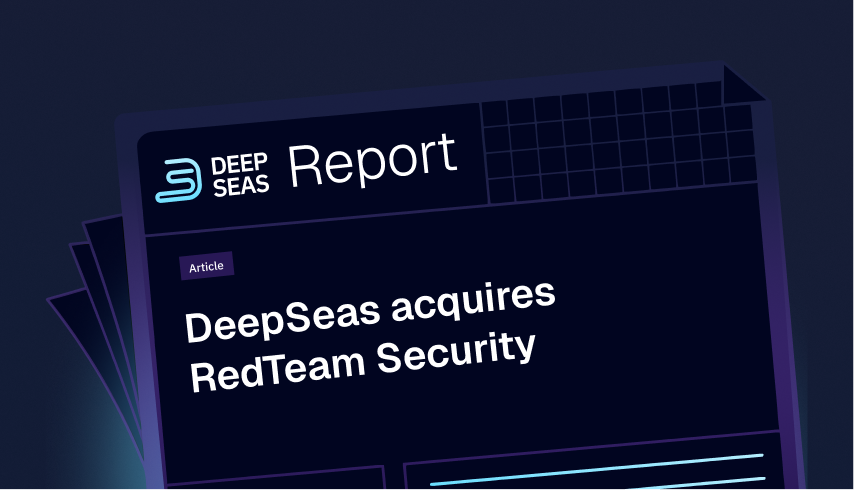
Explore a wealth of industry insights, real-world success stories, and expert guidance to strengthen your defenses and stay ahead of evolving threats.
Read More

Explore a wealth of industry insights, real-world success stories, and expert guidance to strengthen your defenses and stay ahead of evolving threats.
Read More

Explore a wealth of industry insights, real-world success stories, and expert guidance to strengthen your defenses and stay ahead of evolving threats.
Read More
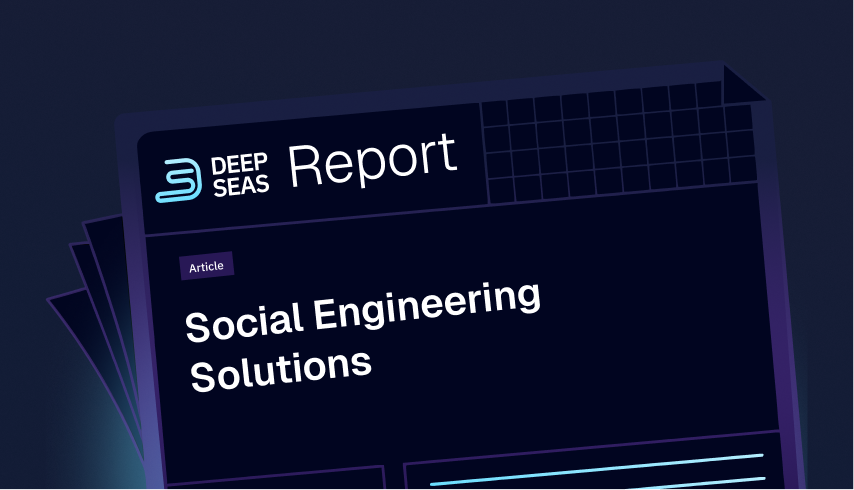
Explore a wealth of industry insights, real-world success stories, and expert guidance to strengthen your defenses and stay ahead of evolving threats.
Read More
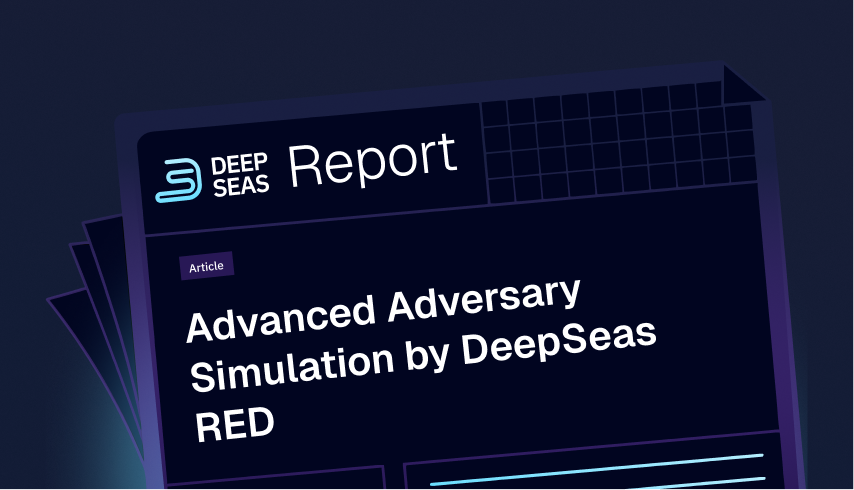
Explore a wealth of industry insights, real-world success stories, and expert guidance to strengthen your defenses and stay ahead of evolving threats.
Read More
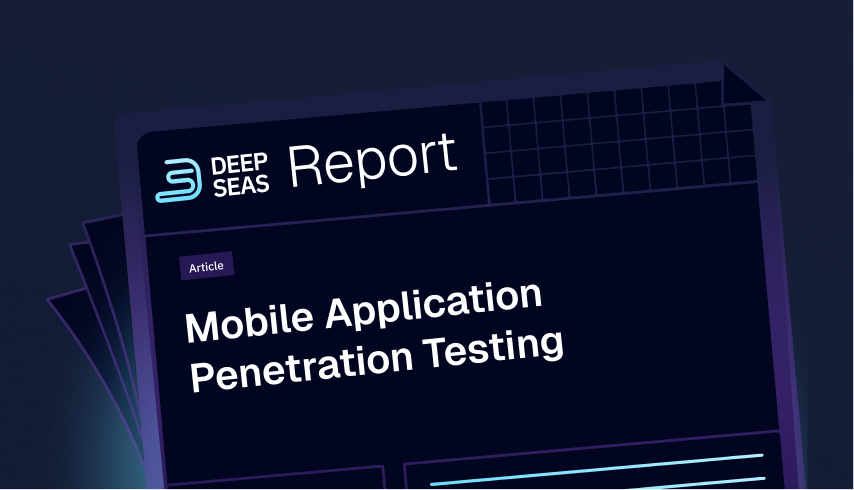
Explore a wealth of industry insights, real-world success stories, and expert guidance to strengthen your defenses and stay ahead of evolving threats.
Read More

Explore a wealth of industry insights, real-world success stories, and expert guidance to strengthen your defenses and stay ahead of evolving threats.
Read More
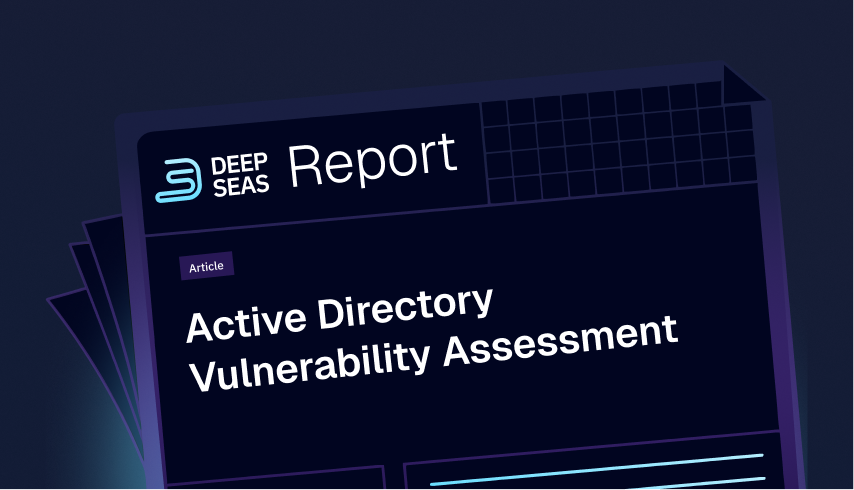
Explore a wealth of industry insights, real-world success stories, and expert guidance to strengthen your defenses and stay ahead of evolving threats.
Read More

Explore a wealth of industry insights, real-world success stories, and expert guidance to strengthen your defenses and stay ahead of evolving threats.
Read More
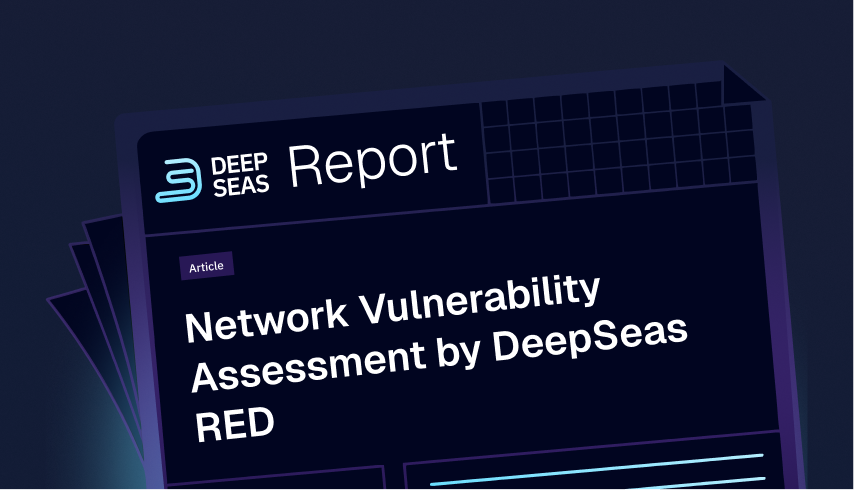
Explore a wealth of industry insights, real-world success stories, and expert guidance to strengthen your defenses and stay ahead of evolving threats.
Read More
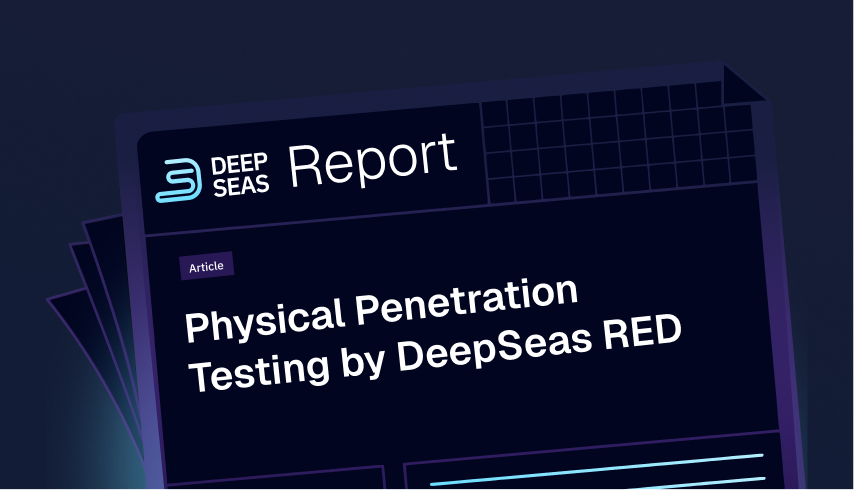
Explore a wealth of industry insights, real-world success stories, and expert guidance to strengthen your defenses and stay ahead of evolving threats.
Read More
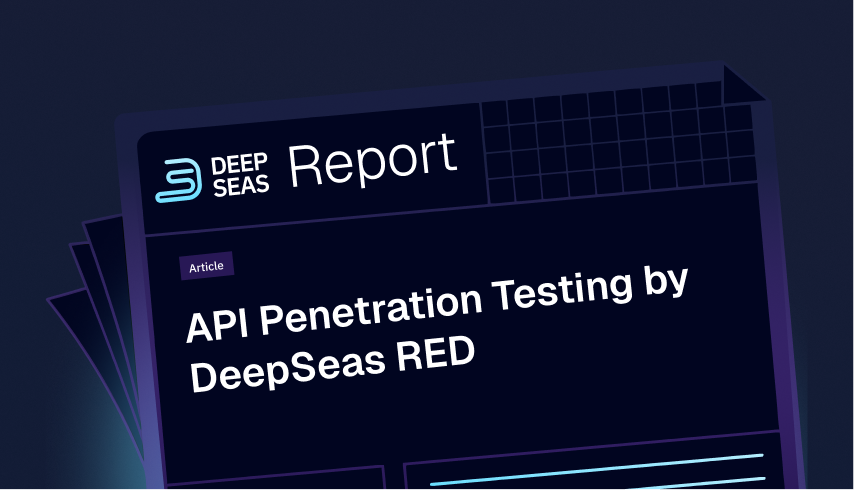
Explore a wealth of industry insights, real-world success stories, and expert guidance to strengthen your defenses and stay ahead of evolving threats.
Read More
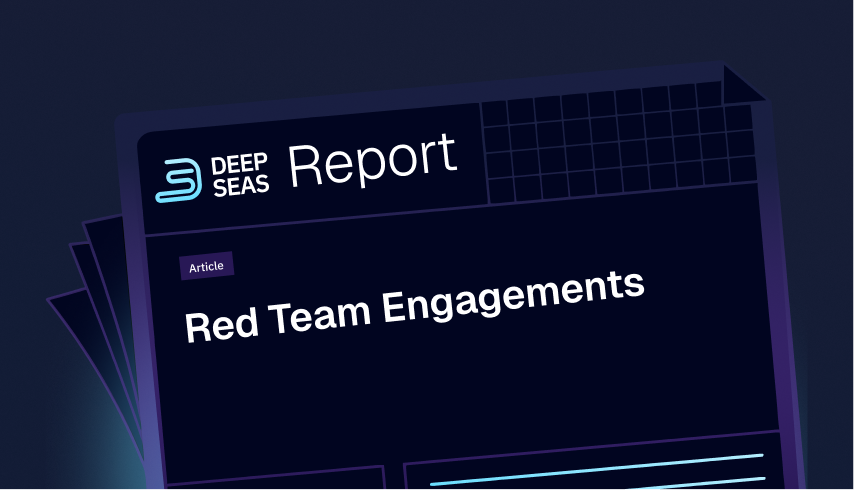
Explore a wealth of industry insights, real-world success stories, and expert guidance to strengthen your defenses and stay ahead of evolving threats.
Read More
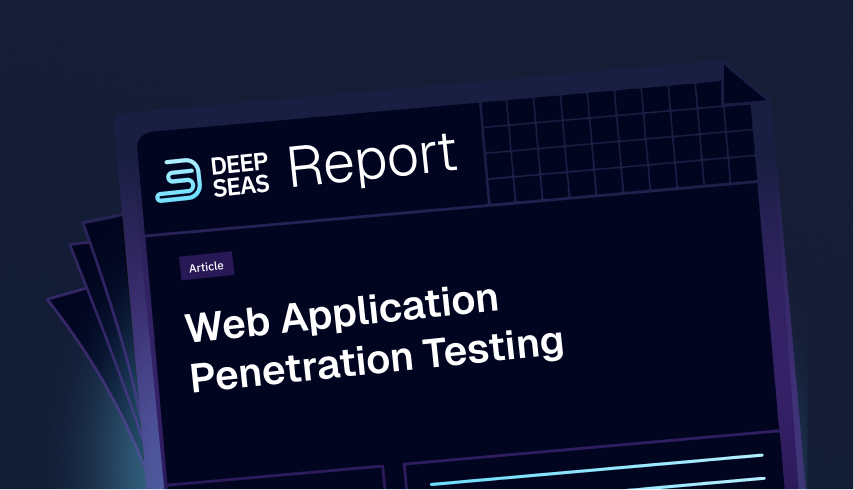
Explore a wealth of industry insights, real-world success stories, and expert guidance to strengthen your defenses and stay ahead of evolving threats.
Read More
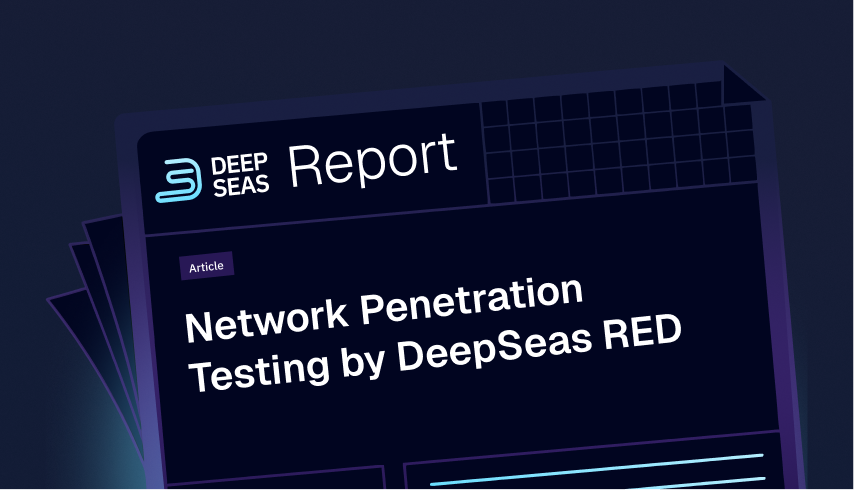
Explore a wealth of industry insights, real-world success stories, and expert guidance to strengthen your defenses and stay ahead of evolving threats.
Read More

Explore a wealth of industry insights, real-world success stories, and expert guidance to strengthen your defenses and stay ahead of evolving threats.
Read More
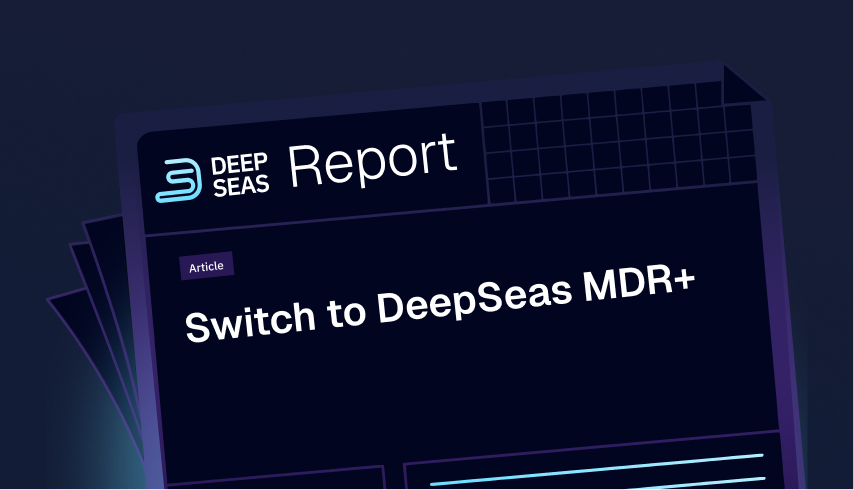
Explore a wealth of industry insights, real-world success stories, and expert guidance to strengthen your defenses and stay ahead of evolving threats.
Read More
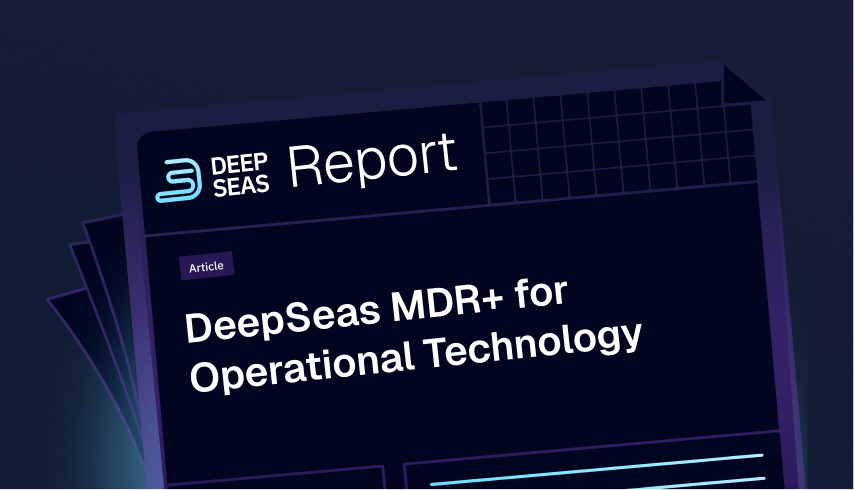
Explore a wealth of industry insights, real-world success stories, and expert guidance to strengthen your defenses and stay ahead of evolving threats.
Read More
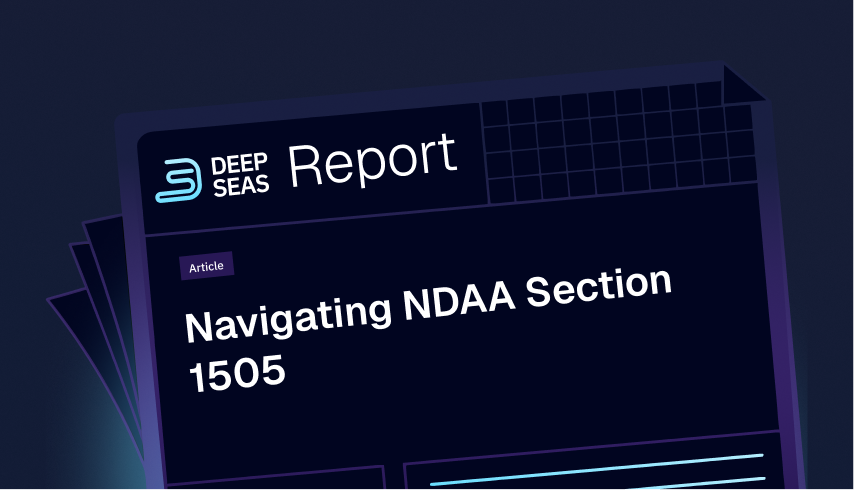
Explore a wealth of industry insights, real-world success stories, and expert guidance to strengthen your defenses and stay ahead of evolving threats.
Read More

Lt. Gen. Timothy Haugh is well-equipped with proven leadership These changes and potential challenges paint a picture of what we can expect under Haugh's leadership. But the reality is, cybersecurity is a complex and ever-evolving field. It's like trying to hit a moving target. Haugh's ability to adapt and respond to emerging threats, policy changes, and resource constraints will be the true test of his leadership. But given his track record, it seems he's well-equipped for the task.
Read More
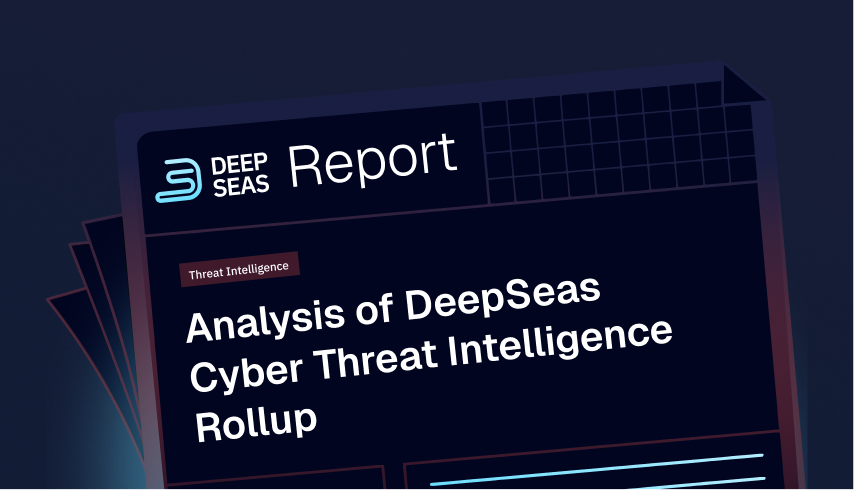
Explore a wealth of industry insights, real-world success stories, and expert guidance to strengthen your defenses and stay ahead of evolving threats.
Read More

Explore a wealth of industry insights, real-world success stories, and expert guidance to strengthen your defenses and stay ahead of evolving threats.
Read More

Explore a wealth of industry insights, real-world success stories, and expert guidance to strengthen your defenses and stay ahead of evolving threats.
Read More
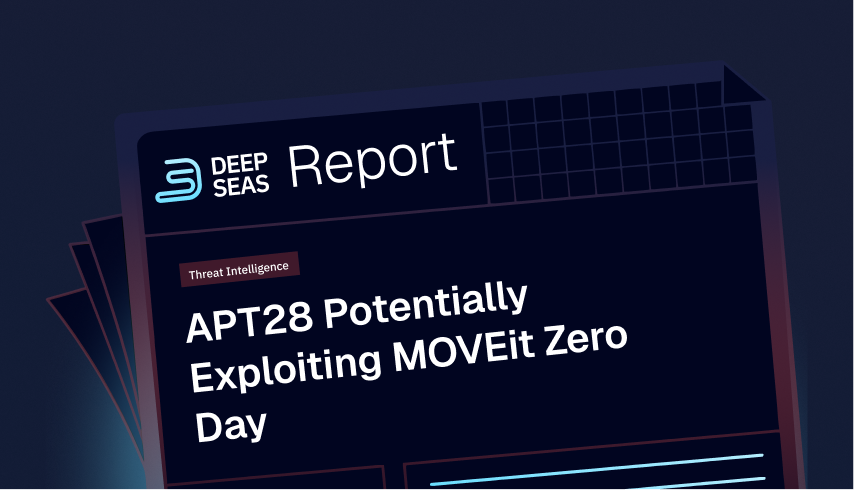
Explore a wealth of industry insights, real-world success stories, and expert guidance to strengthen your defenses and stay ahead of evolving threats.
Read More

Explore a wealth of industry insights, real-world success stories, and expert guidance to strengthen your defenses and stay ahead of evolving threats.
Read More
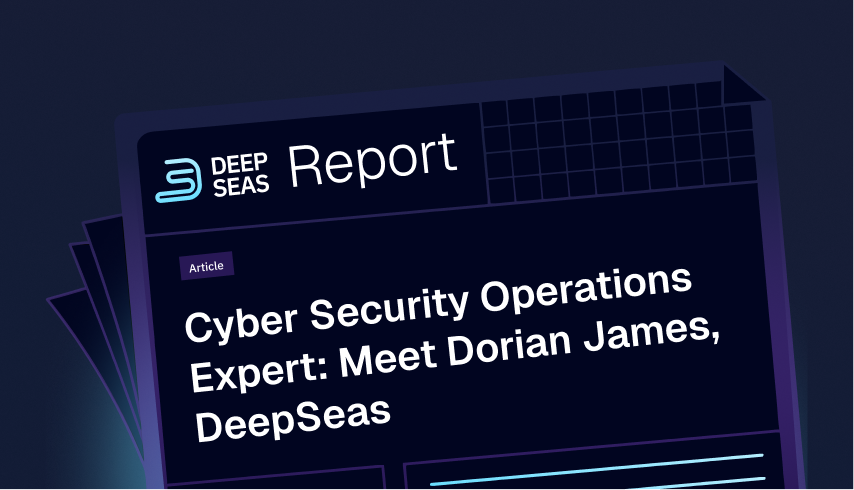
In our "Meet Our Deeps" series, Dorian James, Senior Manager of Security Operations at DeepSeas, discusses his journey from military service to cybersecurity, emphasizing teamwork and diligence in protecting clients.
Read More
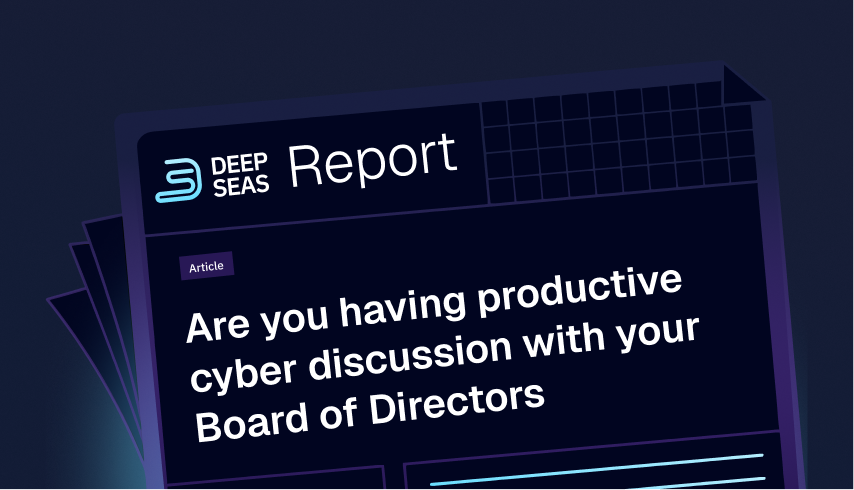
Cyber security discussions with your Board of Directors may not be occurring enough or focusing too much on protection and not enough on resilience.
Read More

Explore a wealth of industry insights, real-world success stories, and expert guidance to strengthen your defenses and stay ahead of evolving threats.
Read More

Explore a wealth of industry insights, real-world success stories, and expert guidance to strengthen your defenses and stay ahead of evolving threats.
Read More
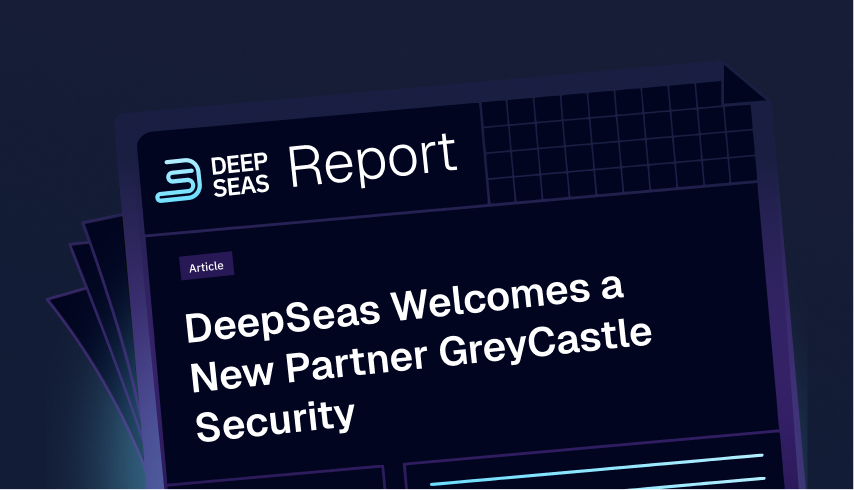
Explore a wealth of industry insights, real-world success stories, and expert guidance to strengthen your defenses and stay ahead of evolving threats.
Read More

Explore a wealth of industry insights, real-world success stories, and expert guidance to strengthen your defenses and stay ahead of evolving threats.
Read More

In our "Meet Our Deeps" series, Dan Rossell, a Threat Detection Engineering Director at DeepSeas, discusses his passion for technical challenges and innovative solutions in cyber defense, emphasizing the importance of threat-informed defense and knowing one's environment to improve cyber defense posture.
Read More
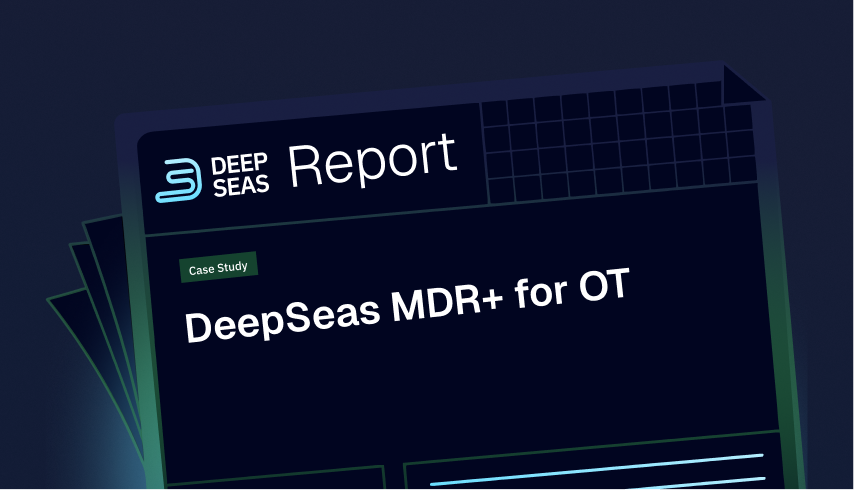
Explore a wealth of industry insights, real-world success stories, and expert guidance to strengthen your defenses and stay ahead of evolving threats.
Read More
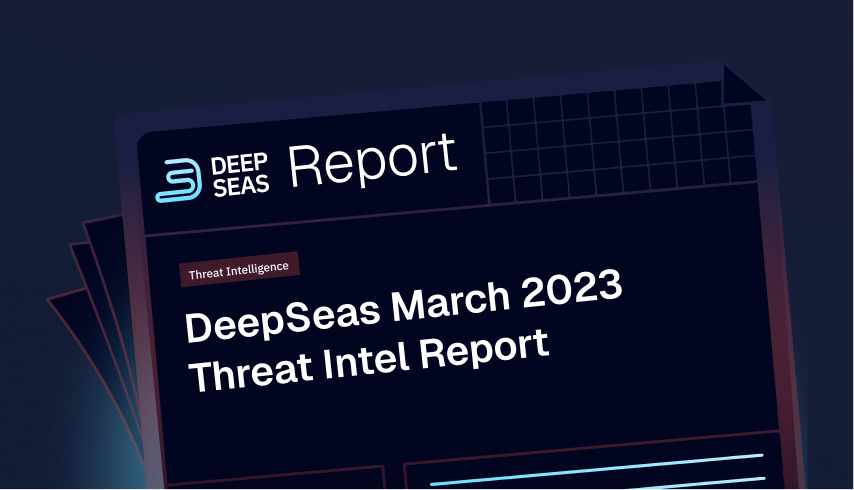
Explore a wealth of industry insights, real-world success stories, and expert guidance to strengthen your defenses and stay ahead of evolving threats.
Read More

Explore a wealth of industry insights, real-world success stories, and expert guidance to strengthen your defenses and stay ahead of evolving threats.
Read More

Explore a wealth of industry insights, real-world success stories, and expert guidance to strengthen your defenses and stay ahead of evolving threats.
Read More

Explore a wealth of industry insights, real-world success stories, and expert guidance to strengthen your defenses and stay ahead of evolving threats.
Read More
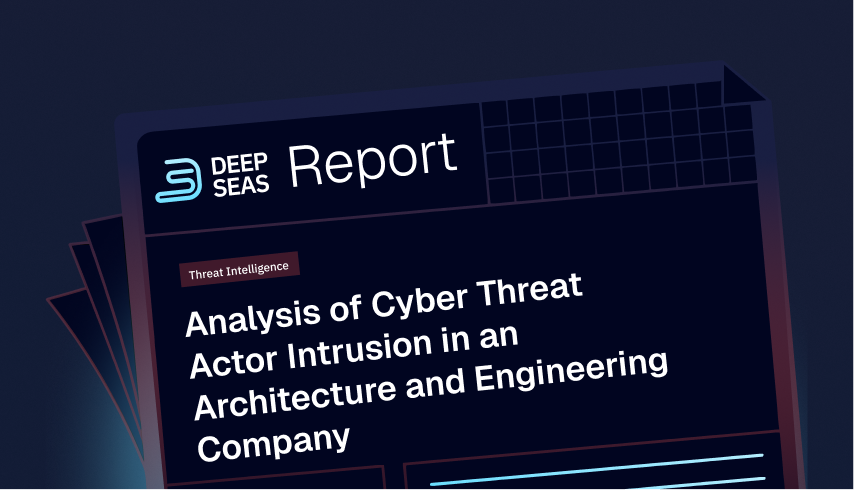
Explore a wealth of industry insights, real-world success stories, and expert guidance to strengthen your defenses and stay ahead of evolving threats.
Read More
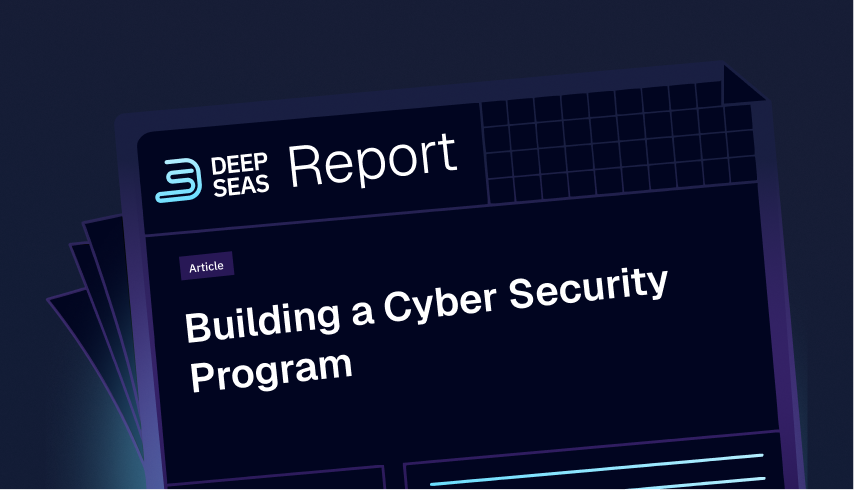
Explore a wealth of industry insights, real-world success stories, and expert guidance to strengthen your defenses and stay ahead of evolving threats.
Read More
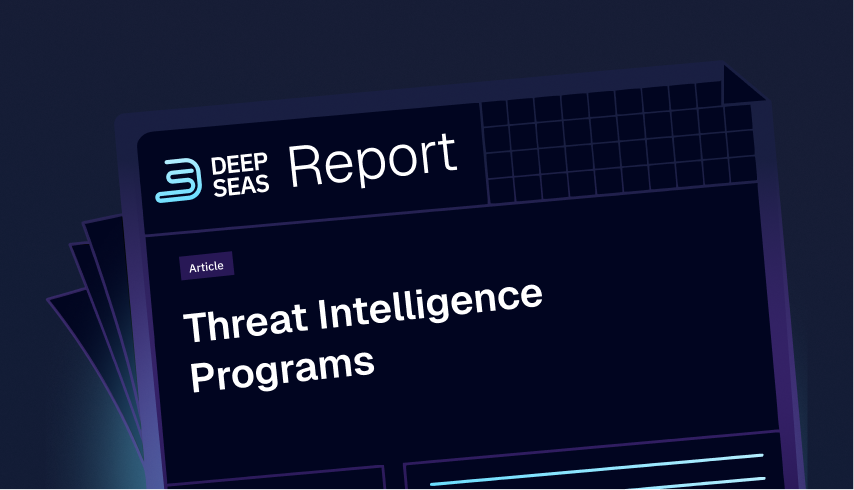
Explore a wealth of industry insights, real-world success stories, and expert guidance to strengthen your defenses and stay ahead of evolving threats.
Read More
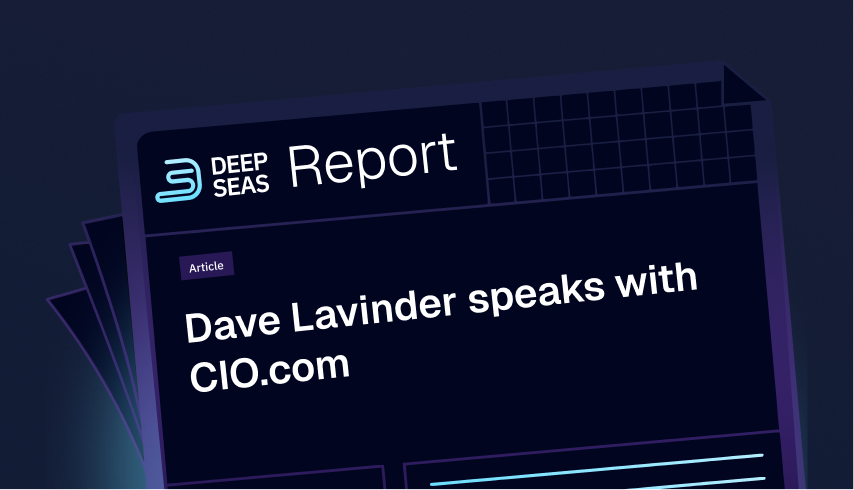
Explore a wealth of industry insights, real-world success stories, and expert guidance to strengthen your defenses and stay ahead of evolving threats.
Read More
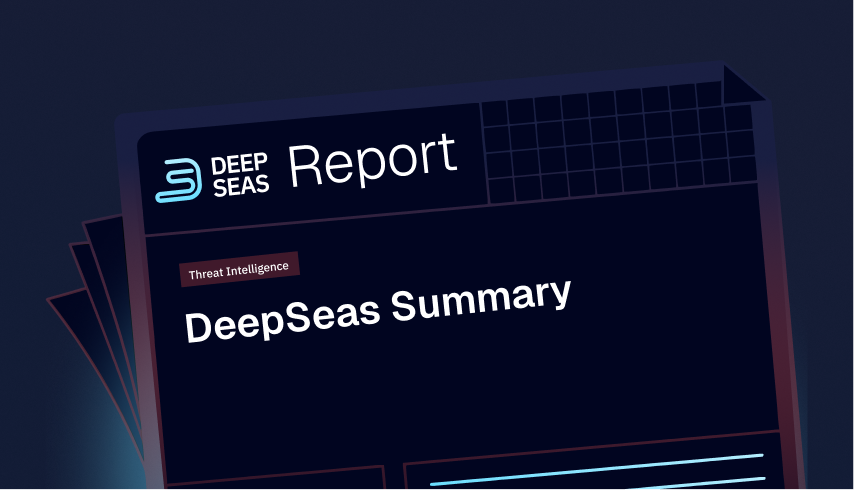
Explore a wealth of industry insights, real-world success stories, and expert guidance to strengthen your defenses and stay ahead of evolving threats.
Read More

Explore a wealth of industry insights, real-world success stories, and expert guidance to strengthen your defenses and stay ahead of evolving threats.
Read More
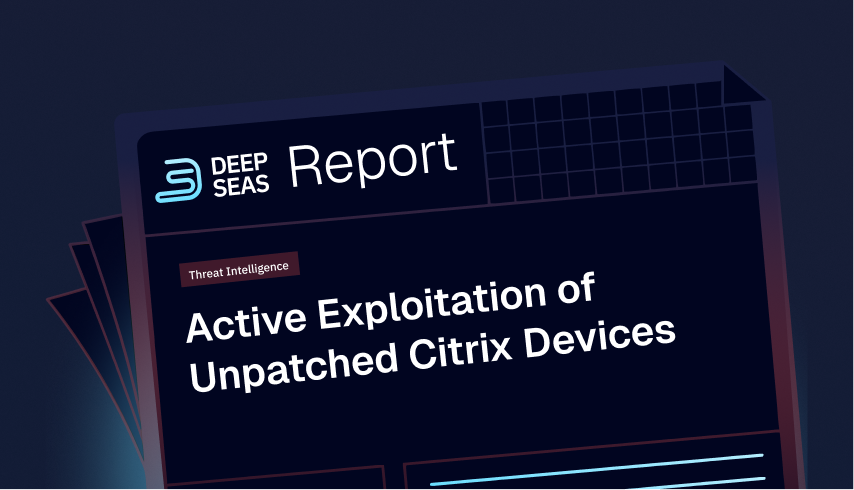
Explore a wealth of industry insights, real-world success stories, and expert guidance to strengthen your defenses and stay ahead of evolving threats.
Read More

Explore a wealth of industry insights, real-world success stories, and expert guidance to strengthen your defenses and stay ahead of evolving threats.
Read More
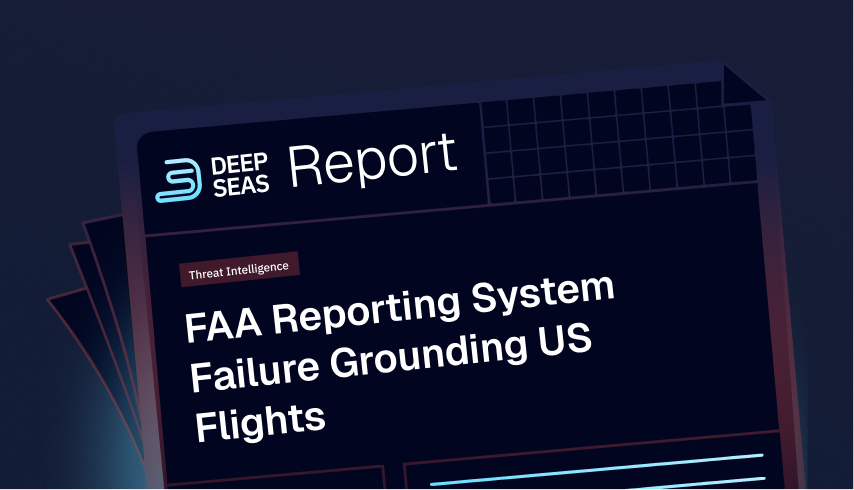
Explore a wealth of industry insights, real-world success stories, and expert guidance to strengthen your defenses and stay ahead of evolving threats.
Read More
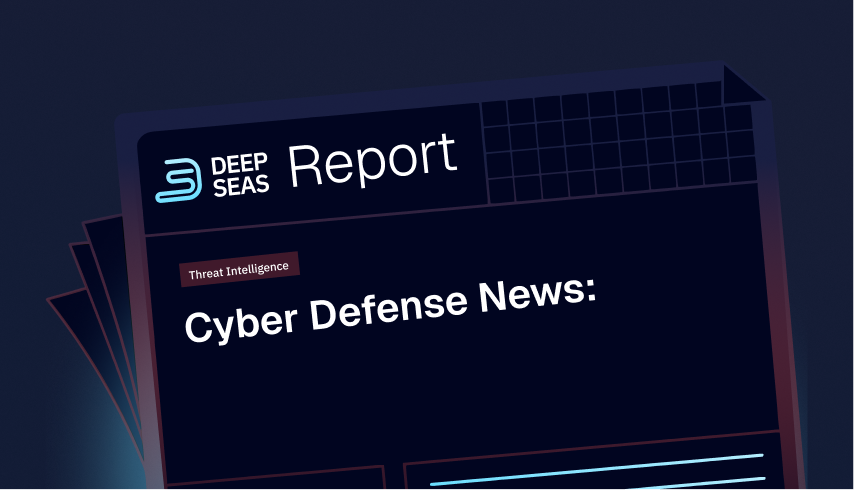
Explore a wealth of industry insights, real-world success stories, and expert guidance to strengthen your defenses and stay ahead of evolving threats.
Read More
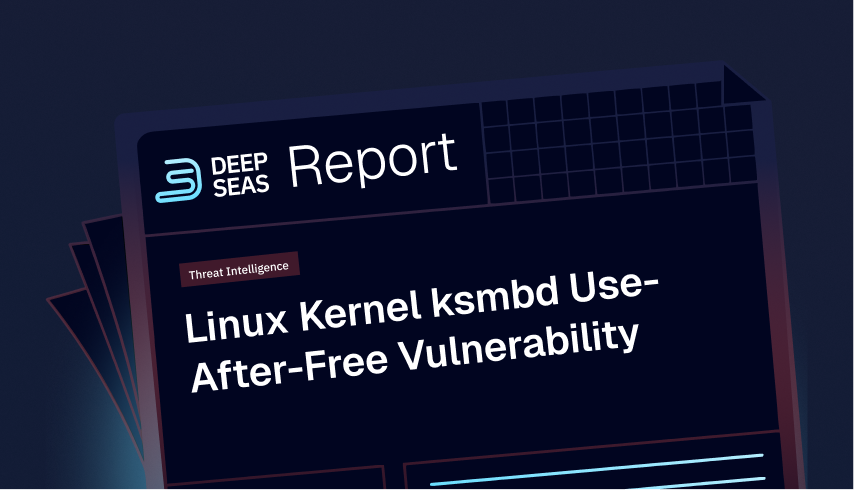
Explore a wealth of industry insights, real-world success stories, and expert guidance to strengthen your defenses and stay ahead of evolving threats.
Read More
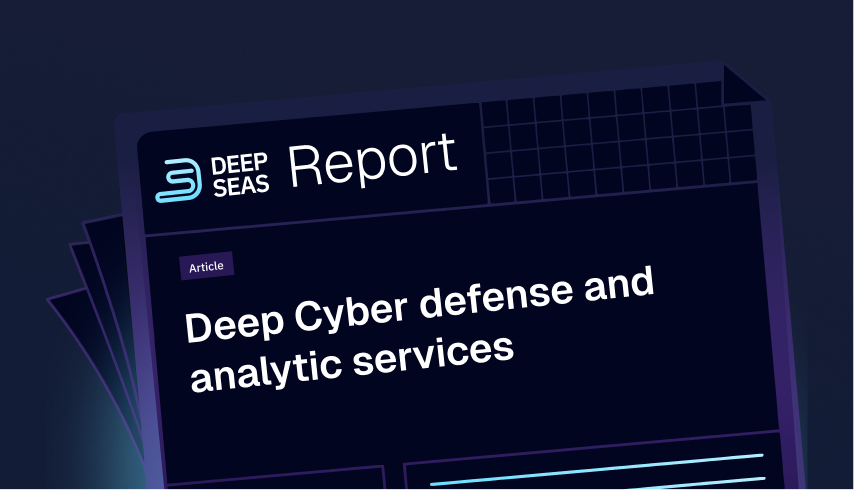
Explore a wealth of industry insights, real-world success stories, and expert guidance to strengthen your defenses and stay ahead of evolving threats.
Read More
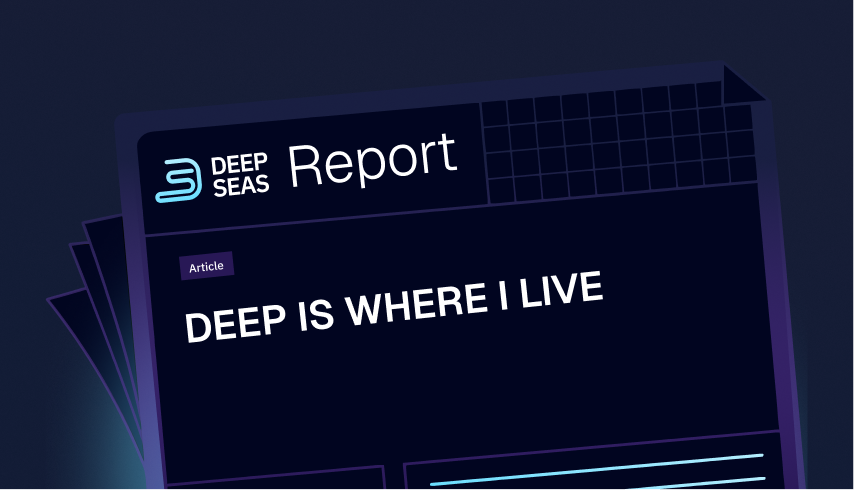
Explore a wealth of industry insights, real-world success stories, and expert guidance to strengthen your defenses and stay ahead of evolving threats.
Read More
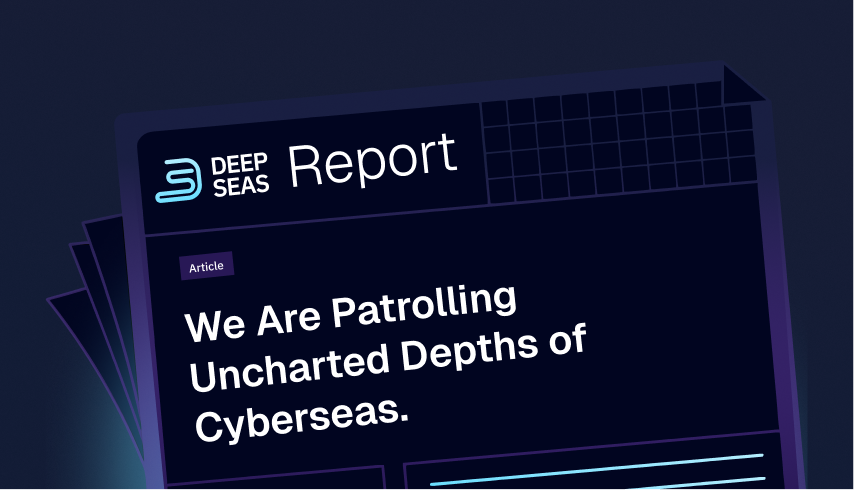
Explore a wealth of industry insights, real-world success stories, and expert guidance to strengthen your defenses and stay ahead of evolving threats.
Read More